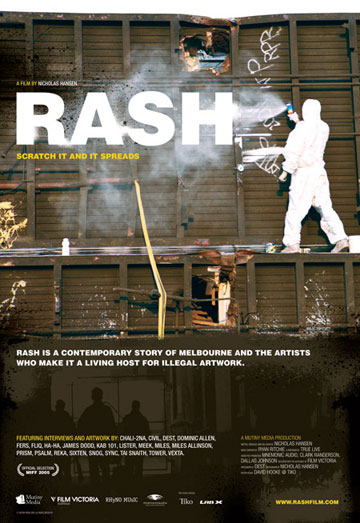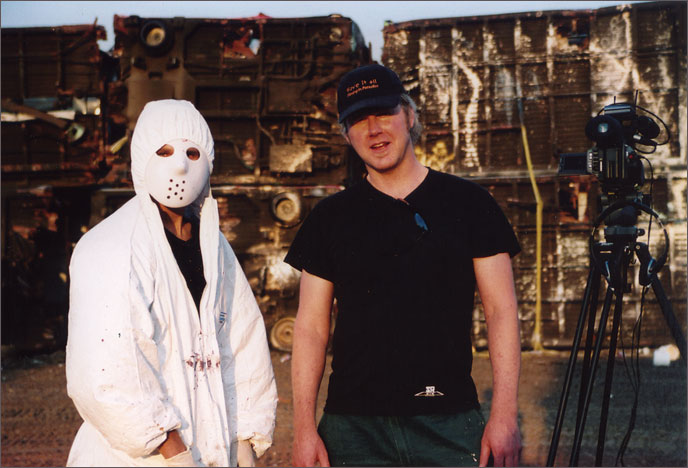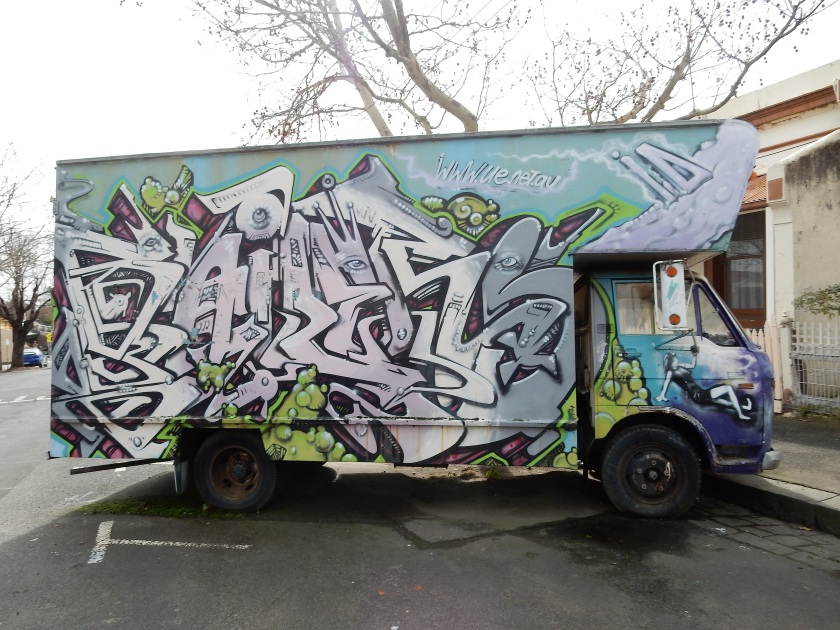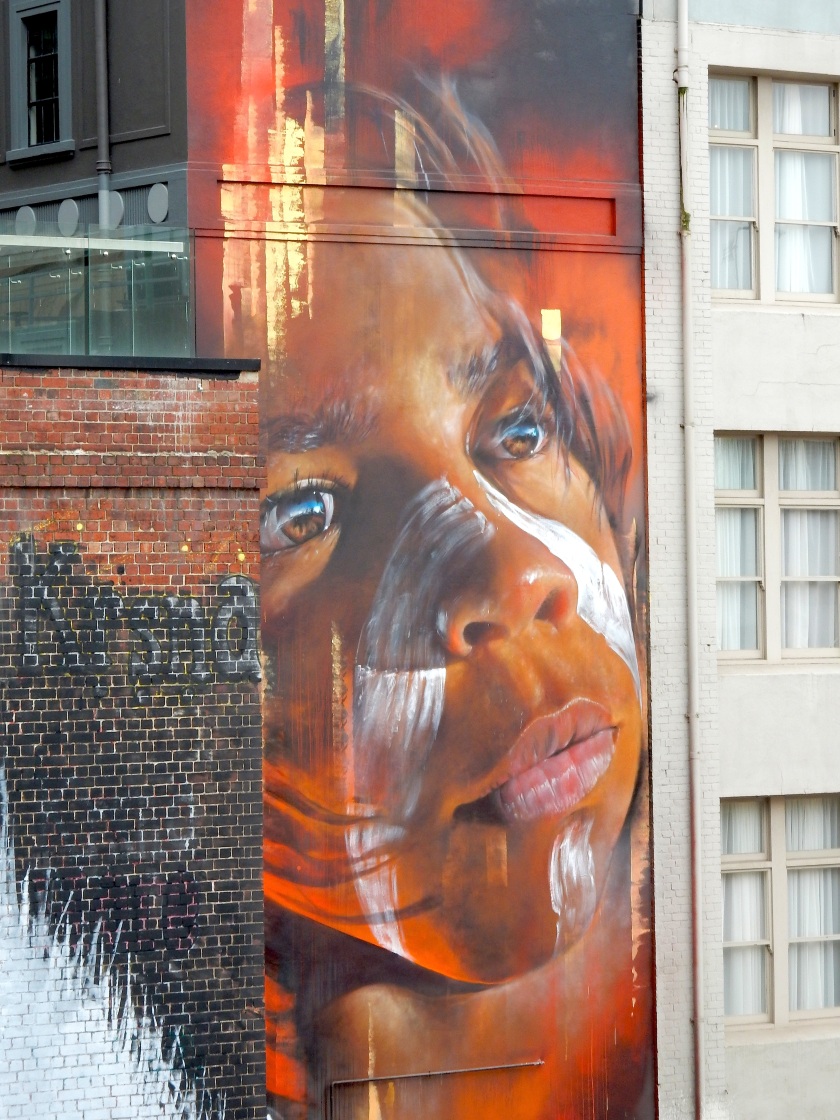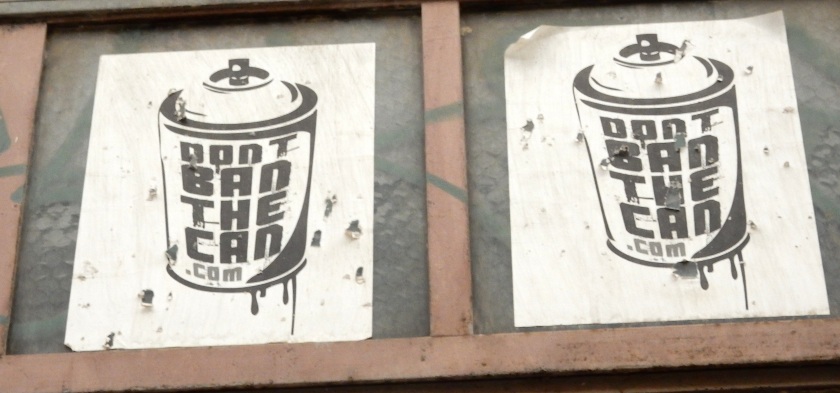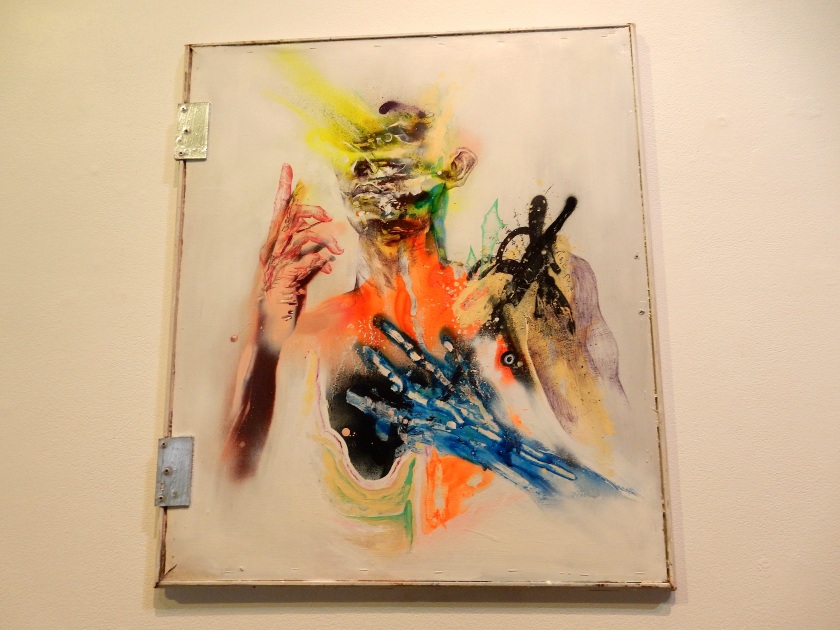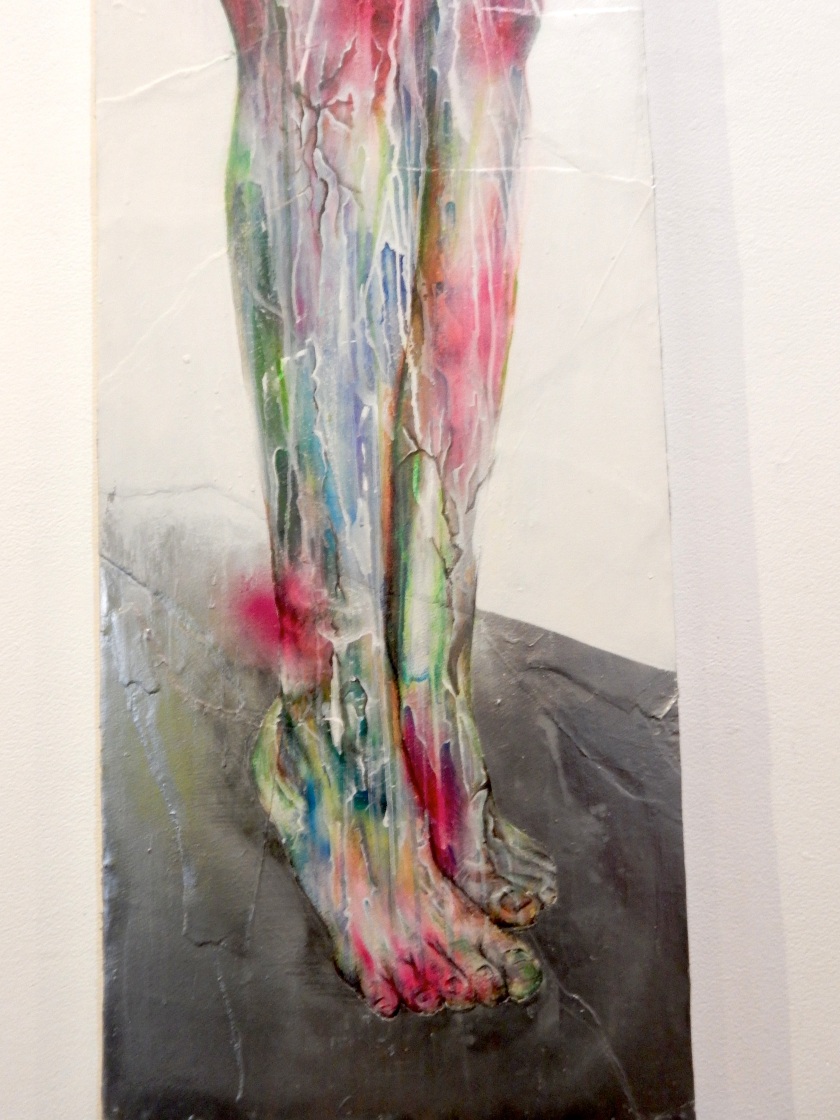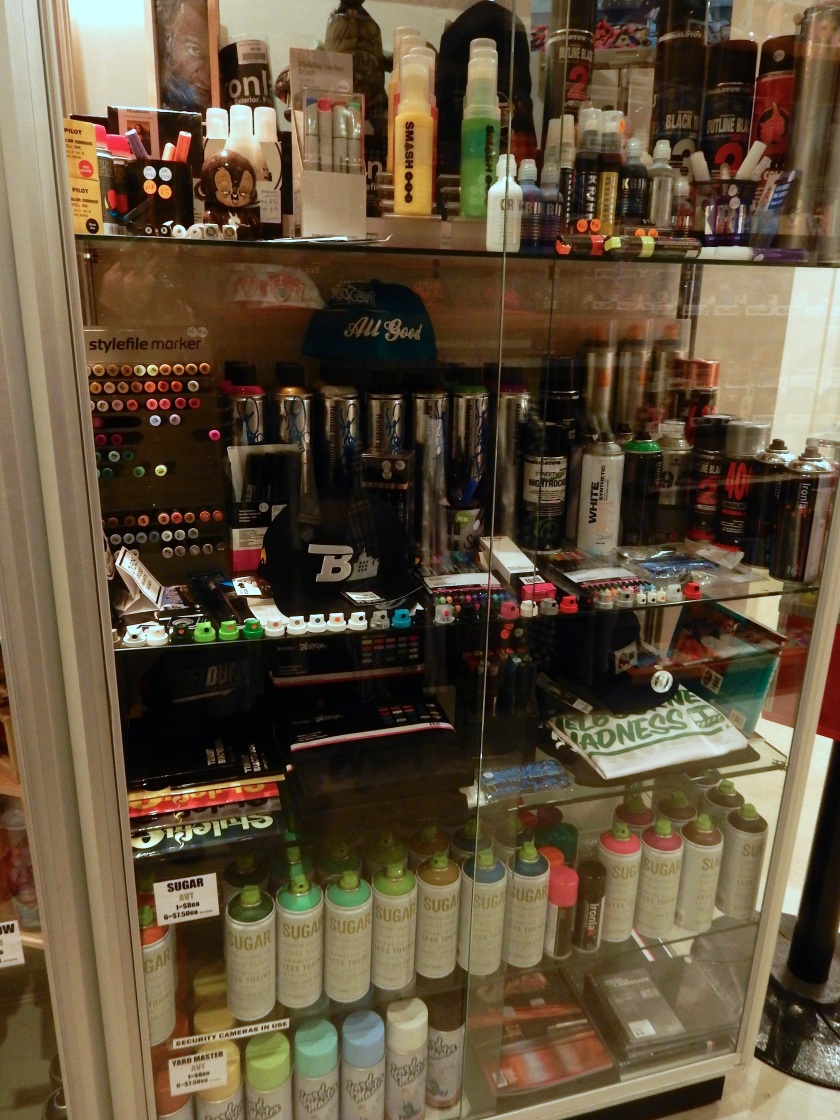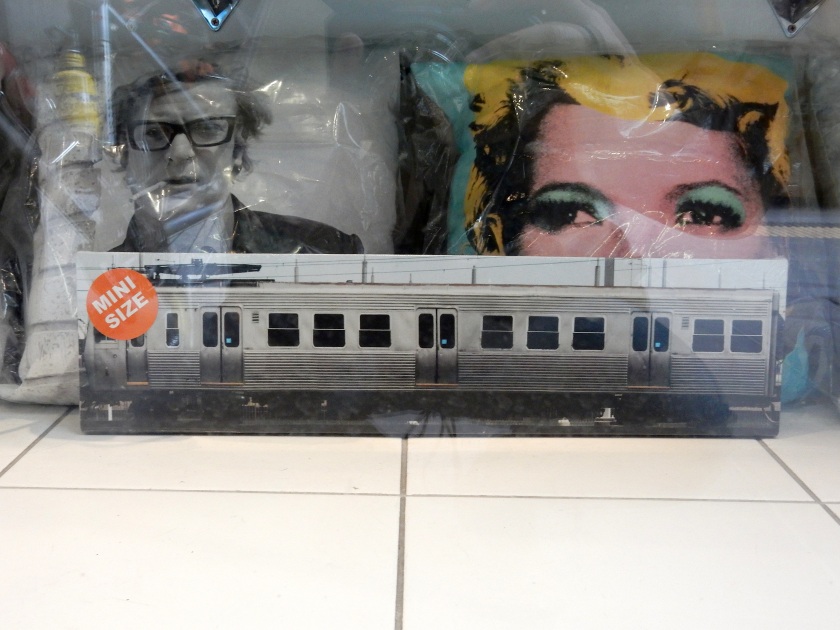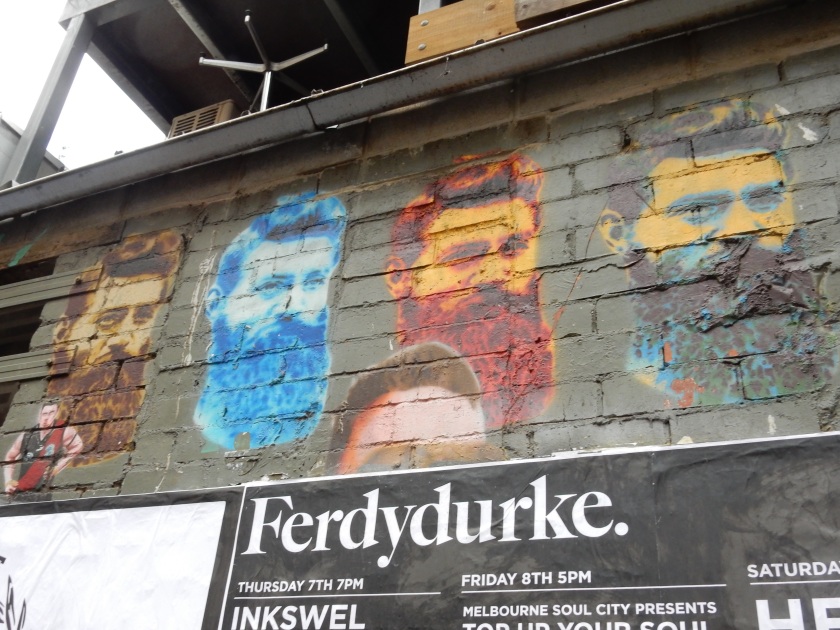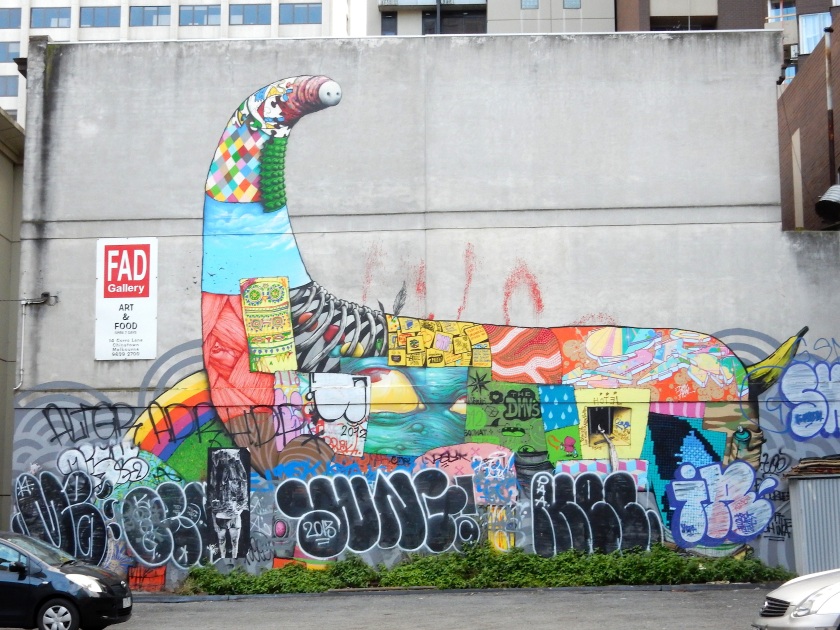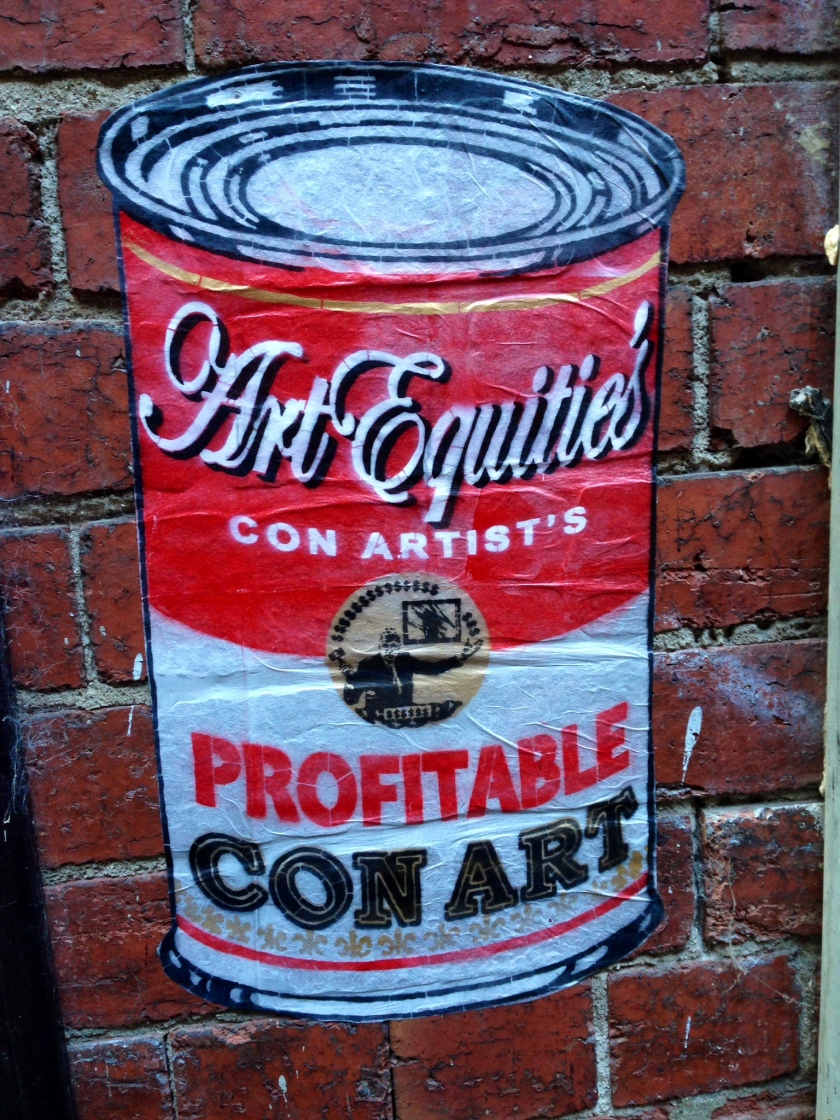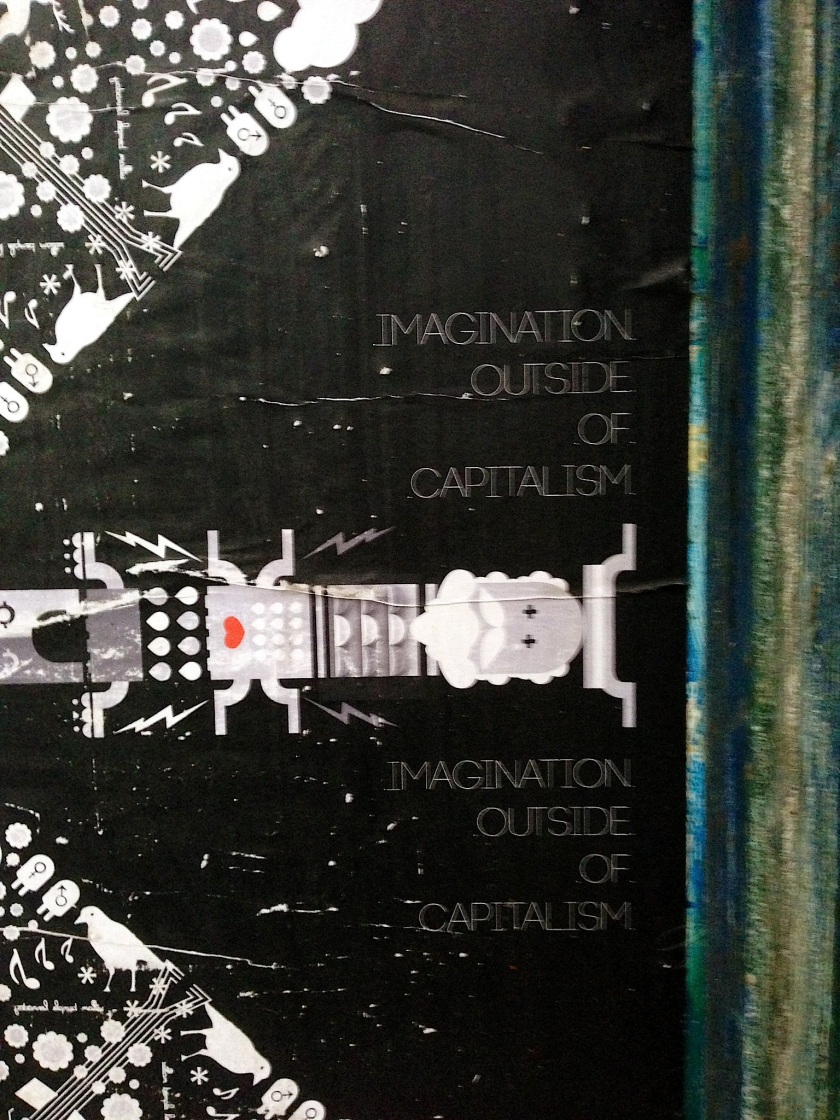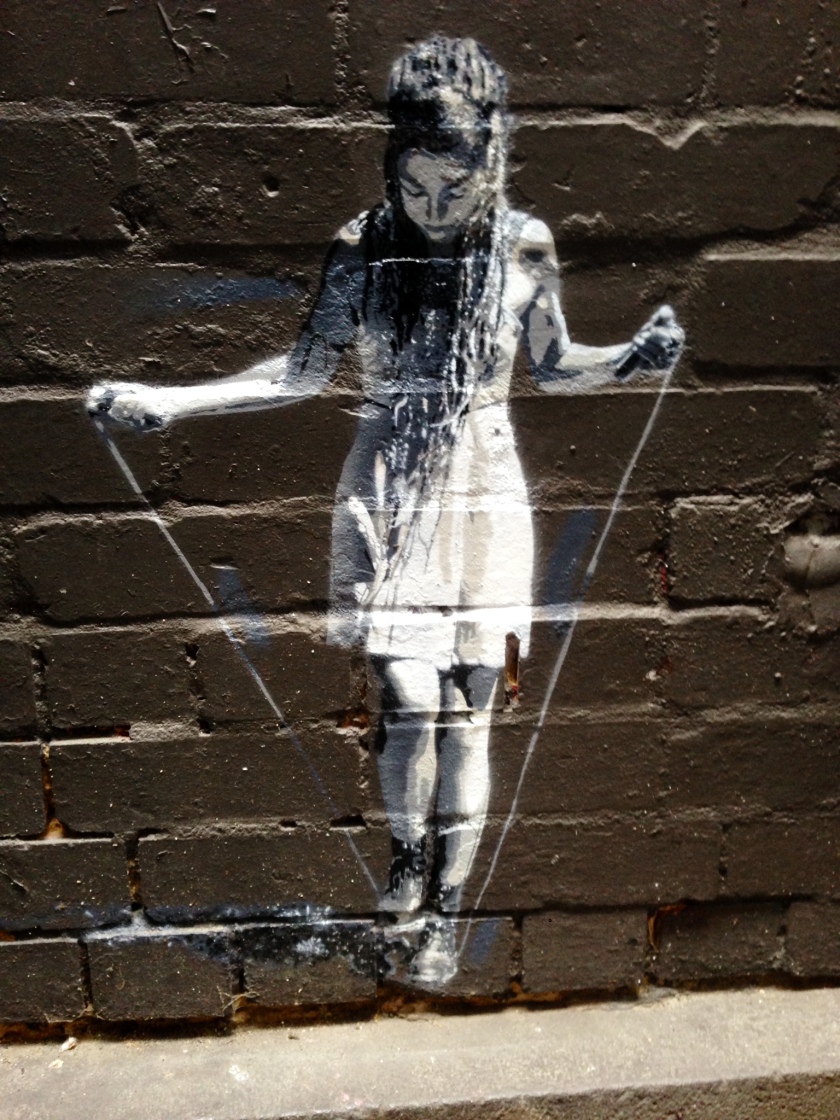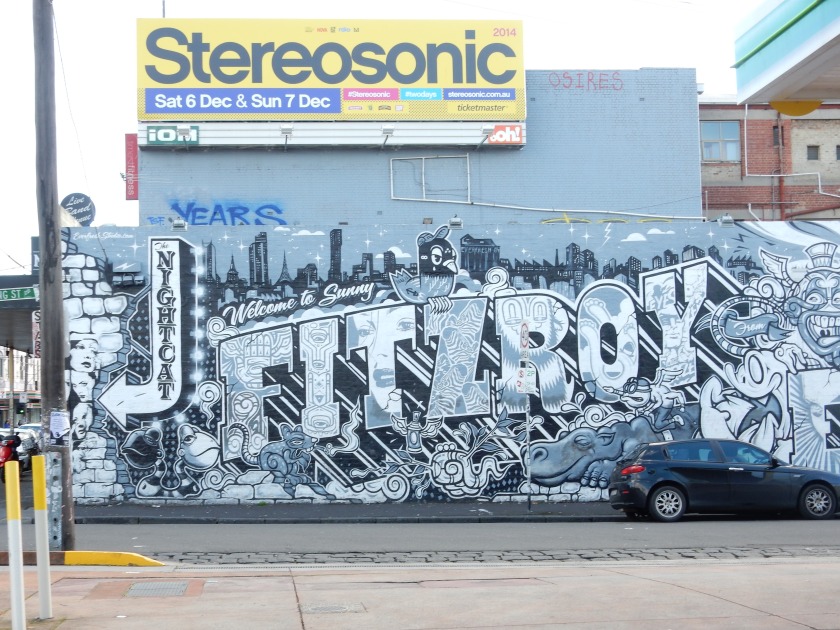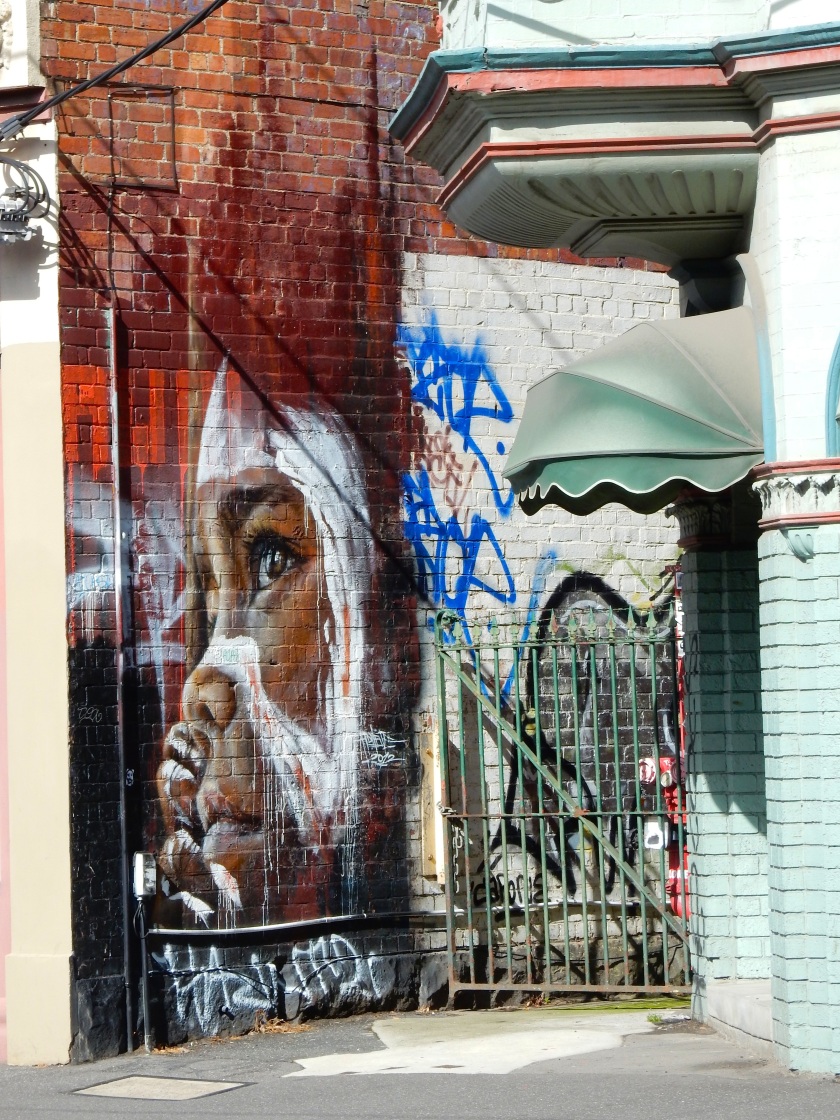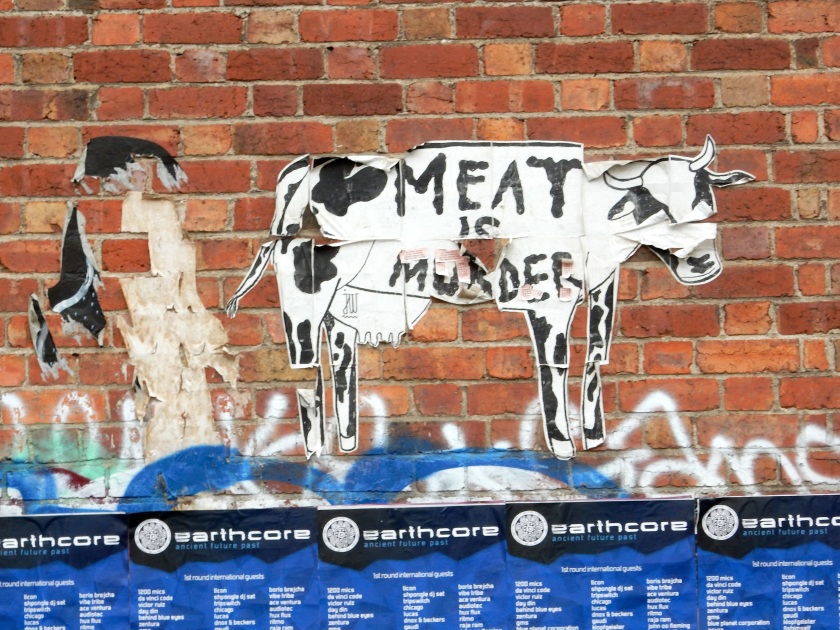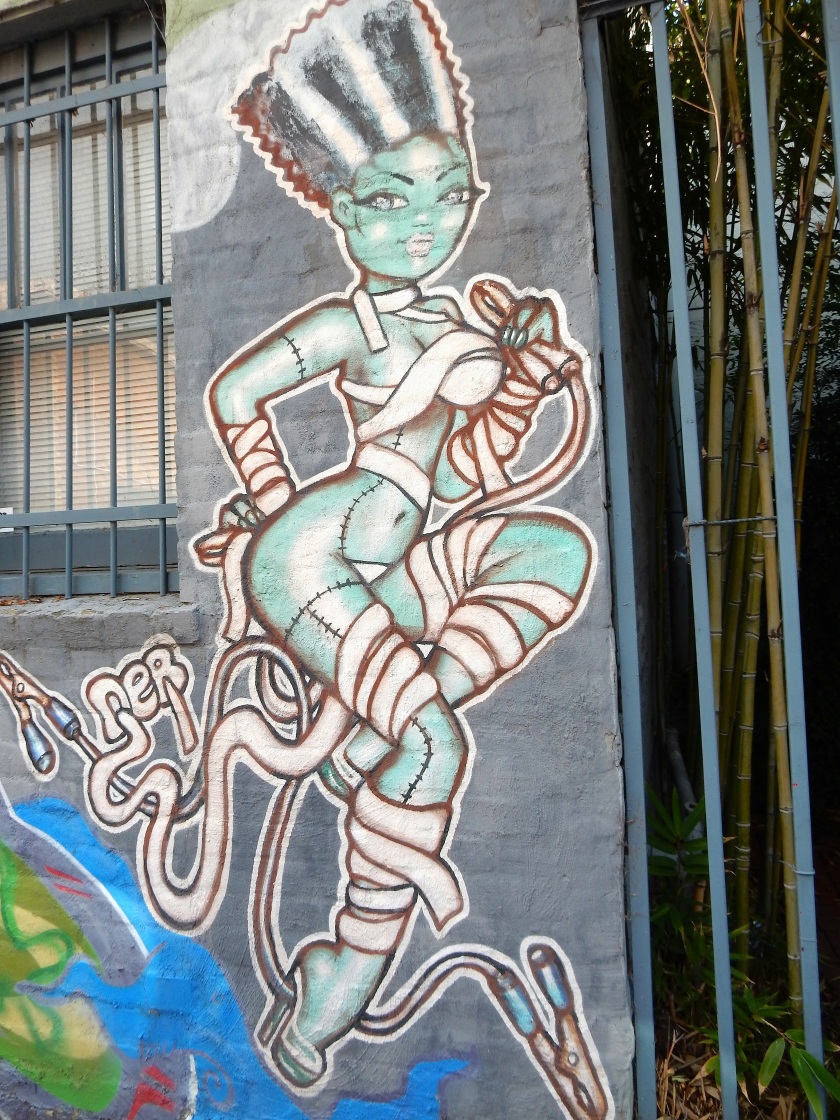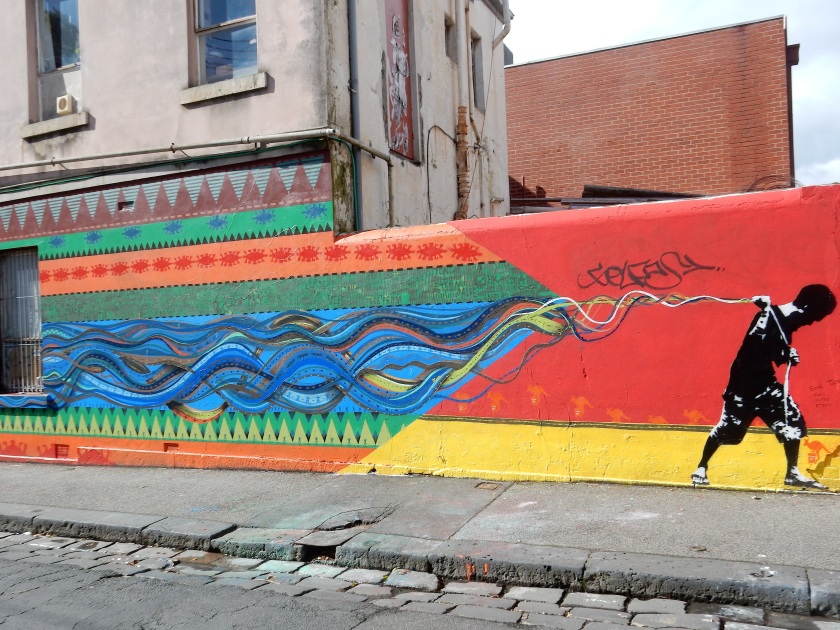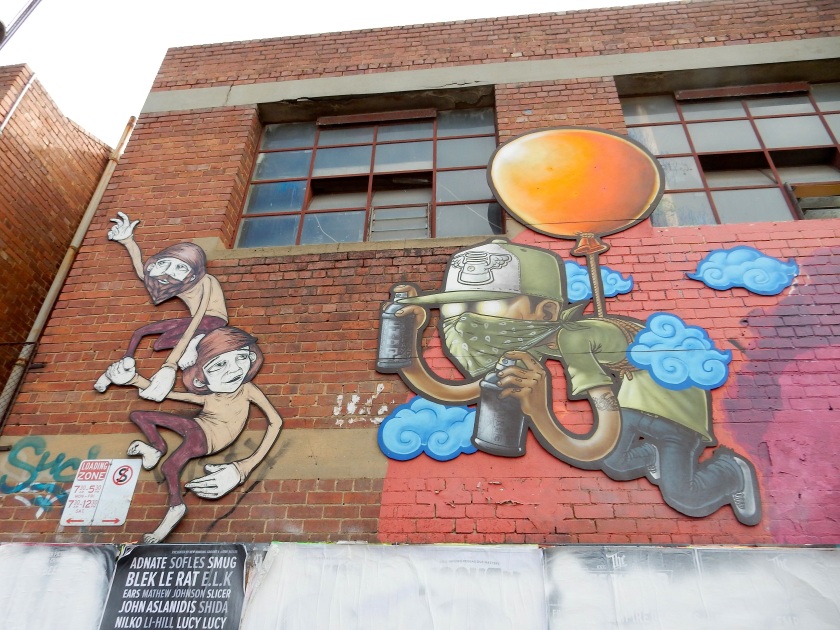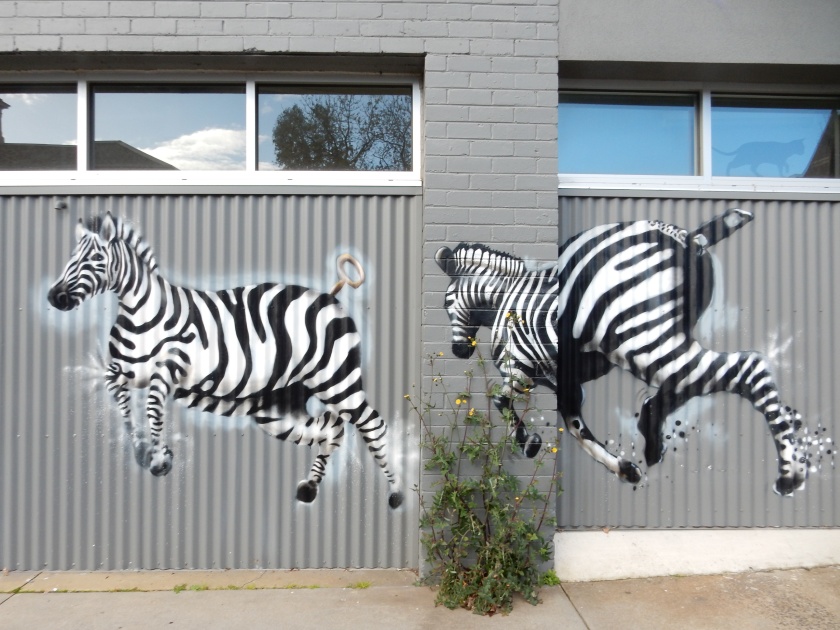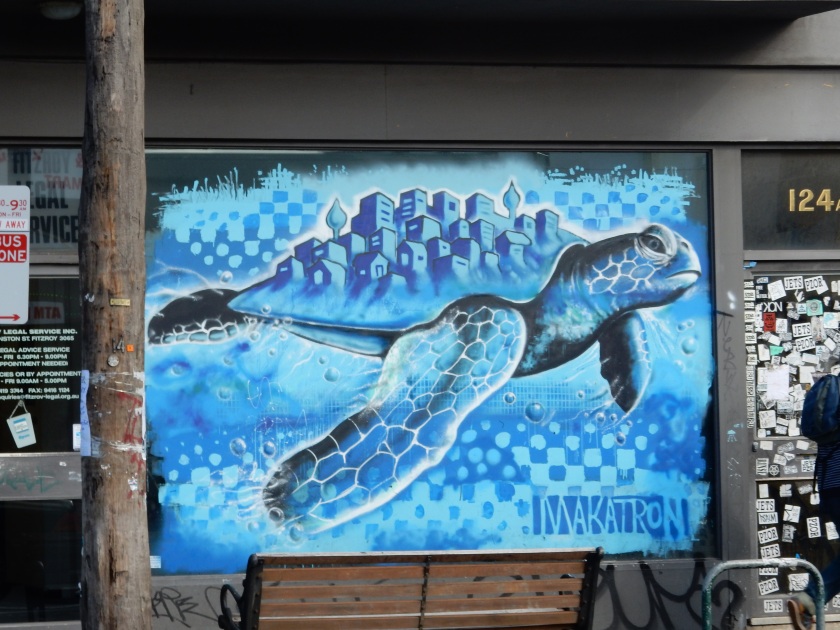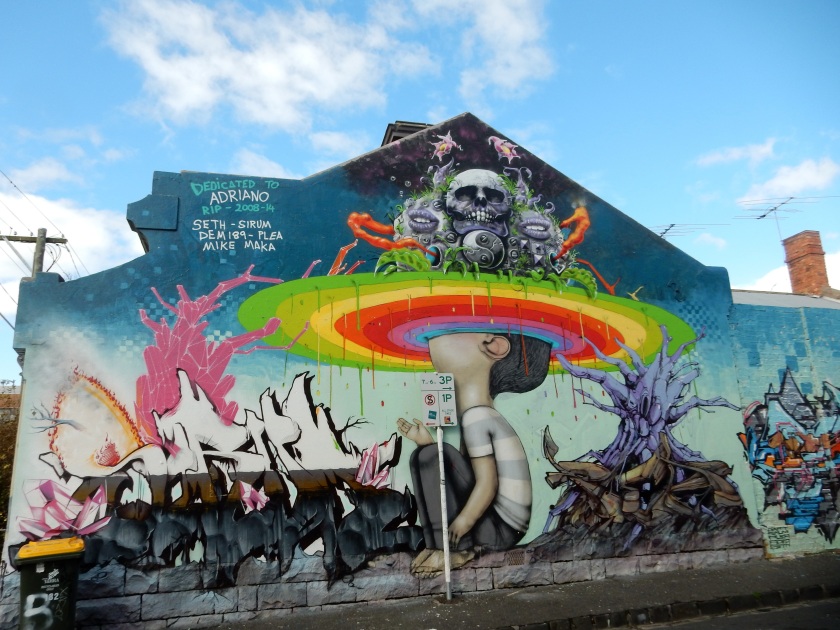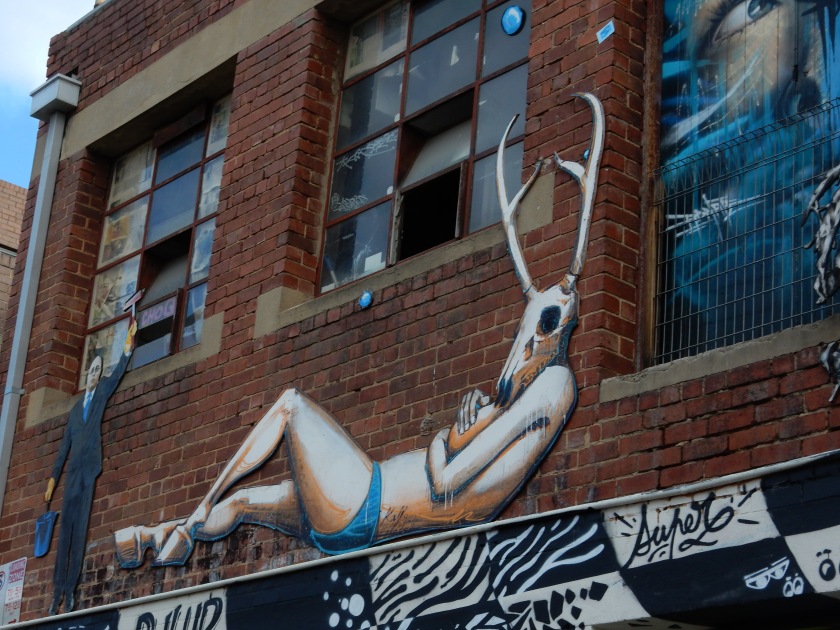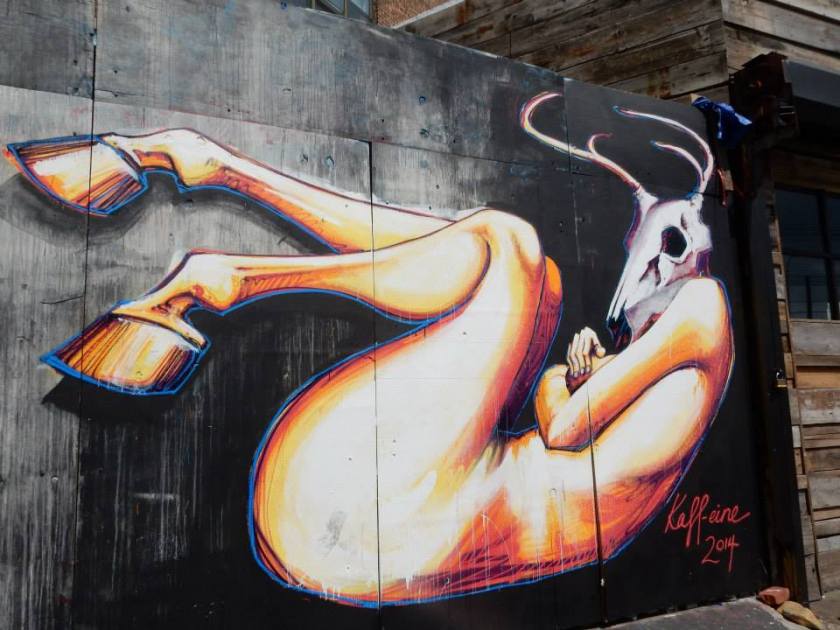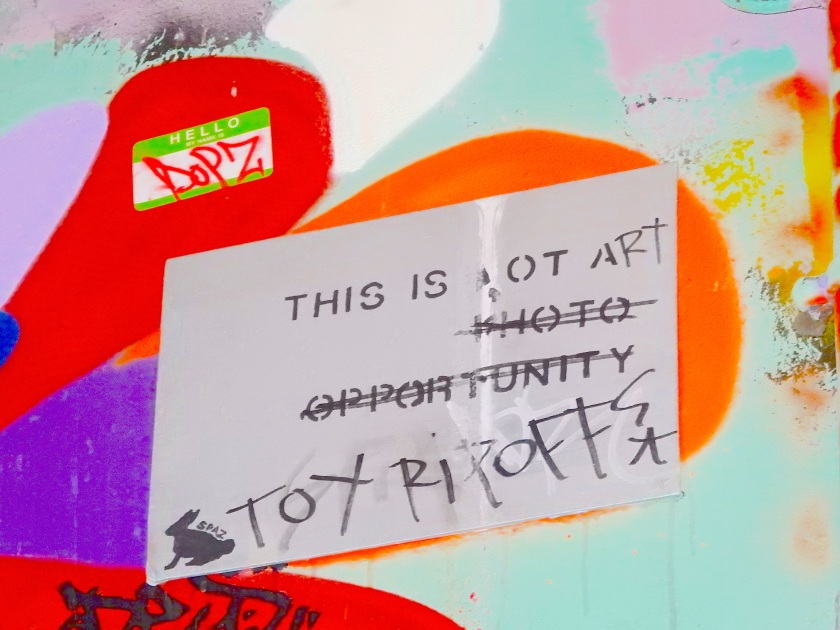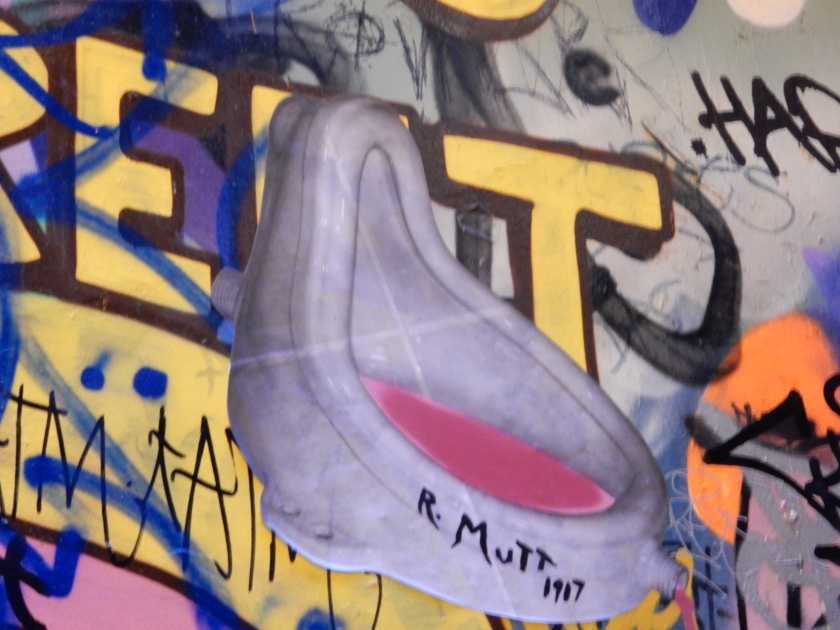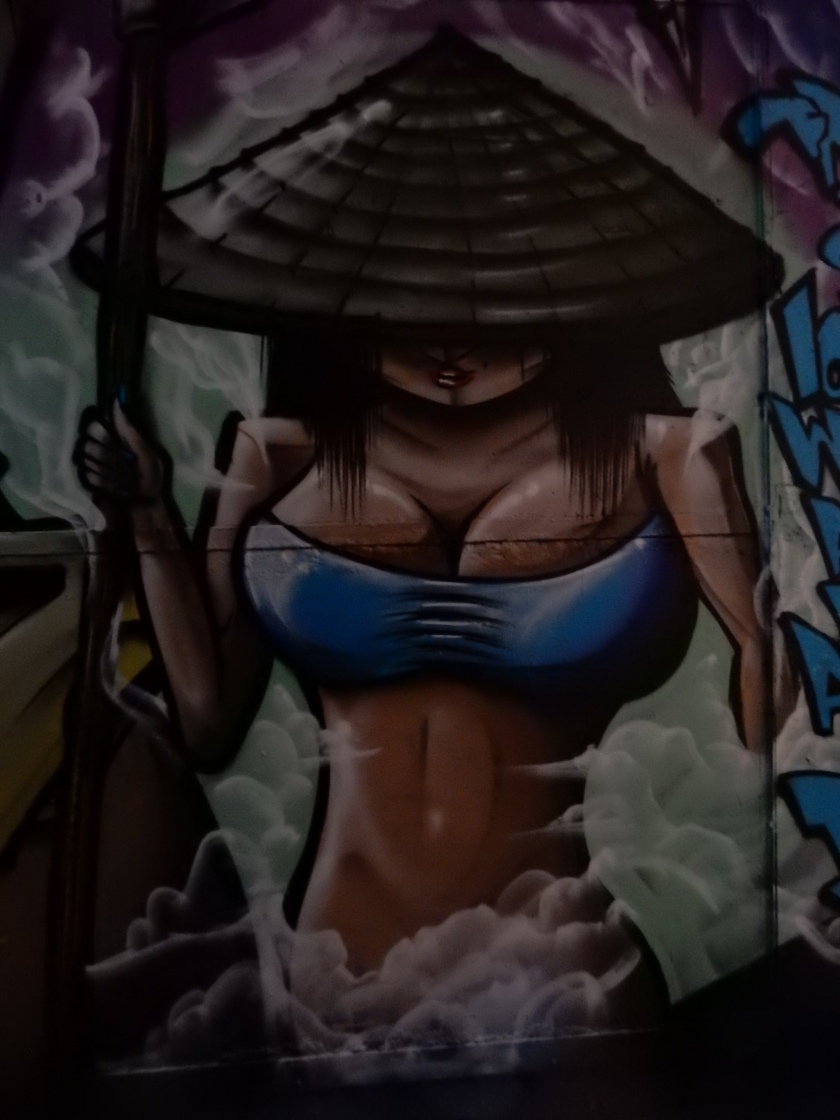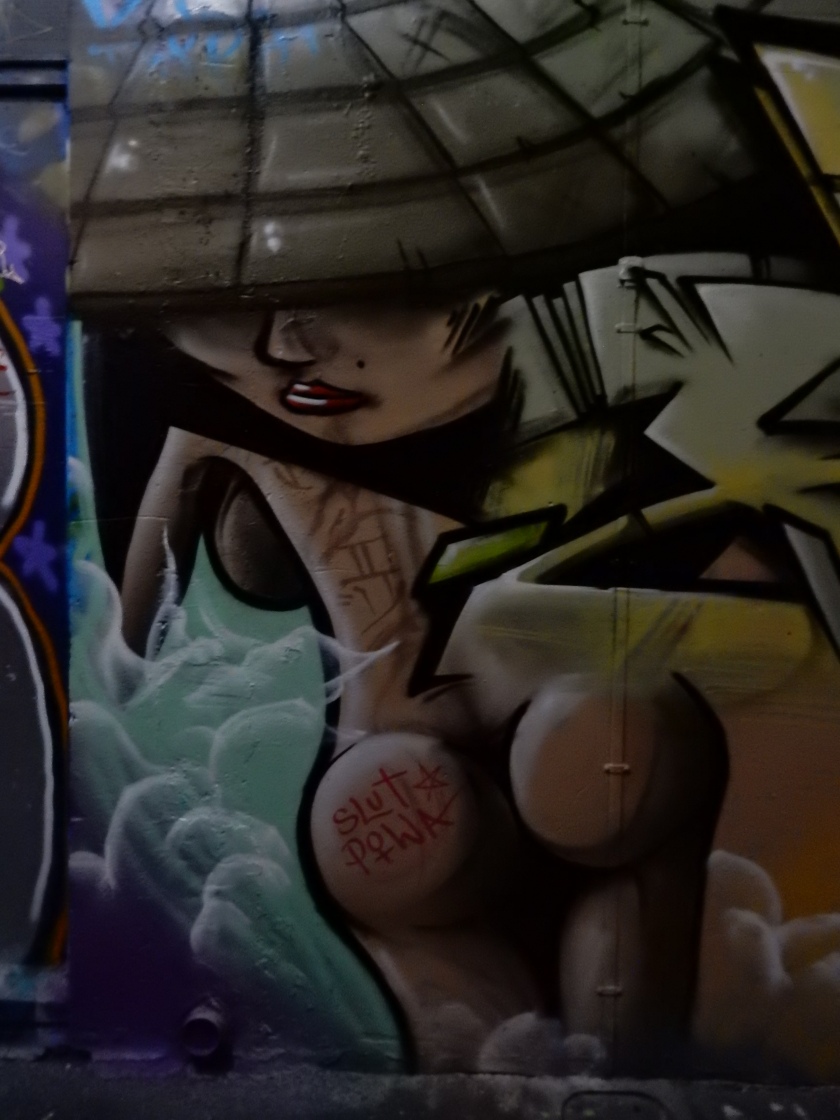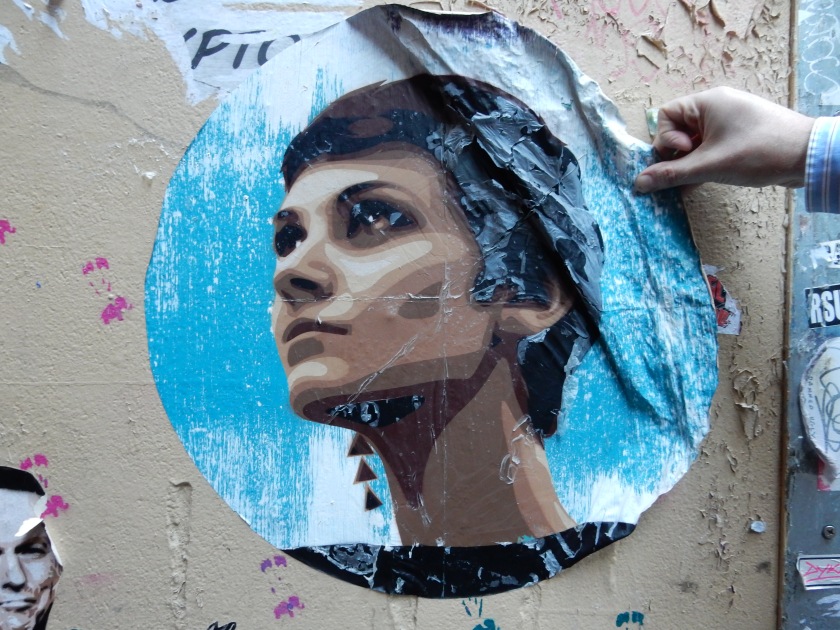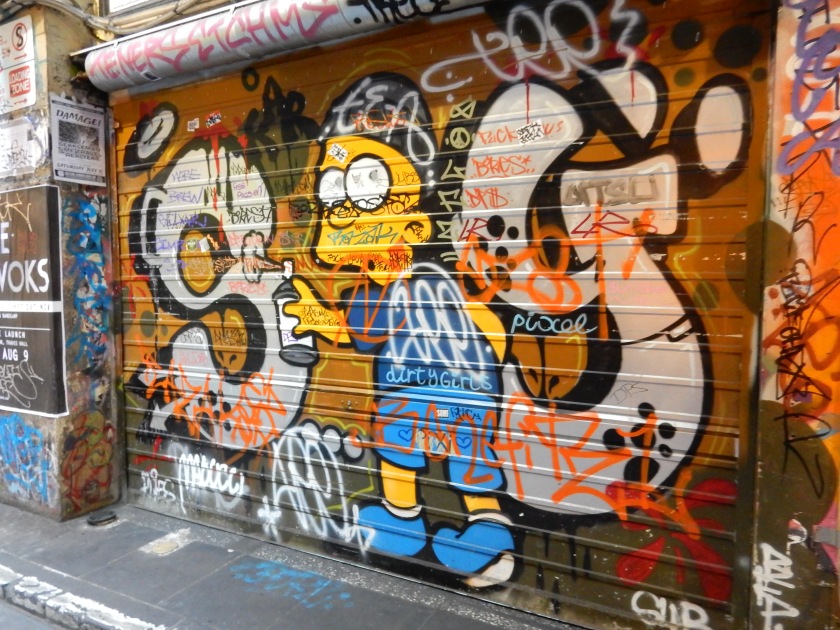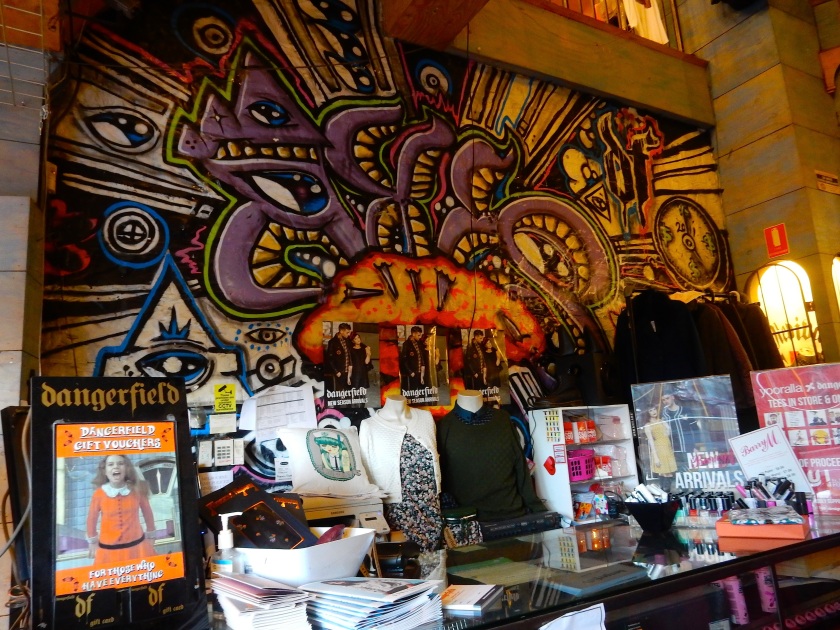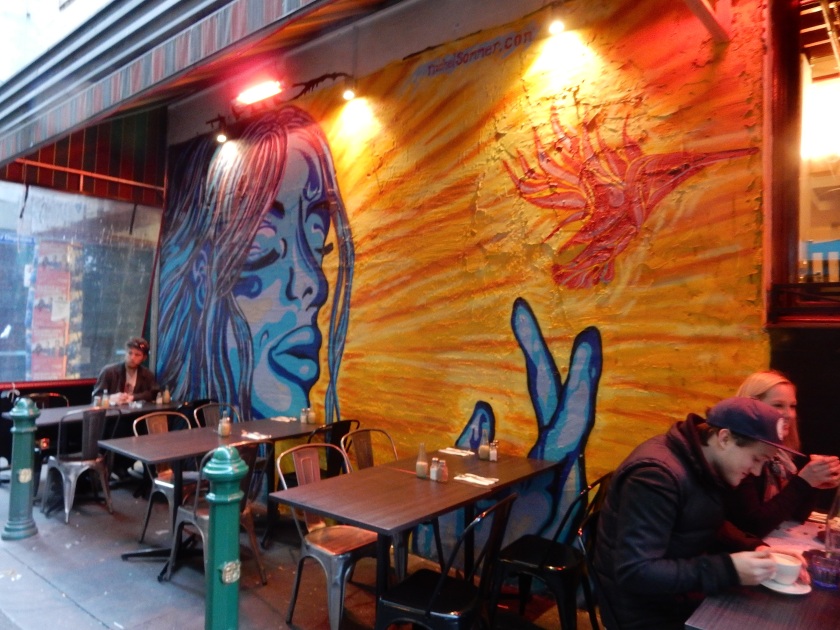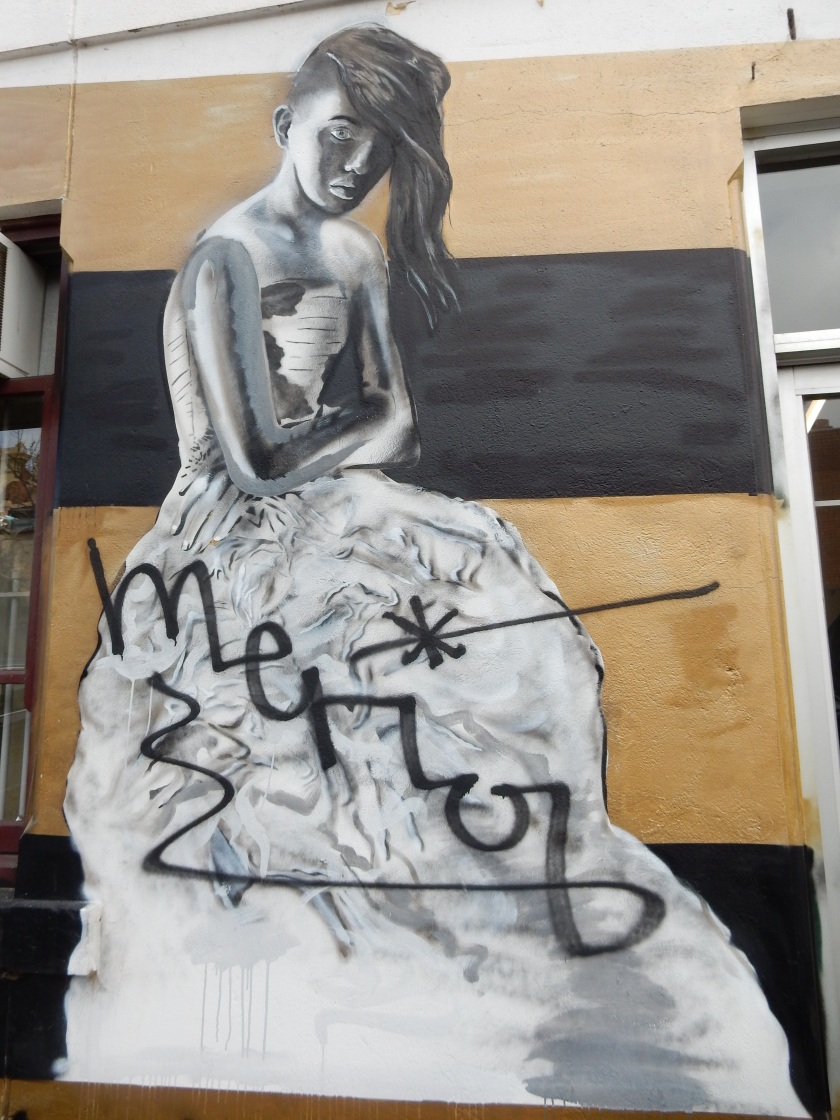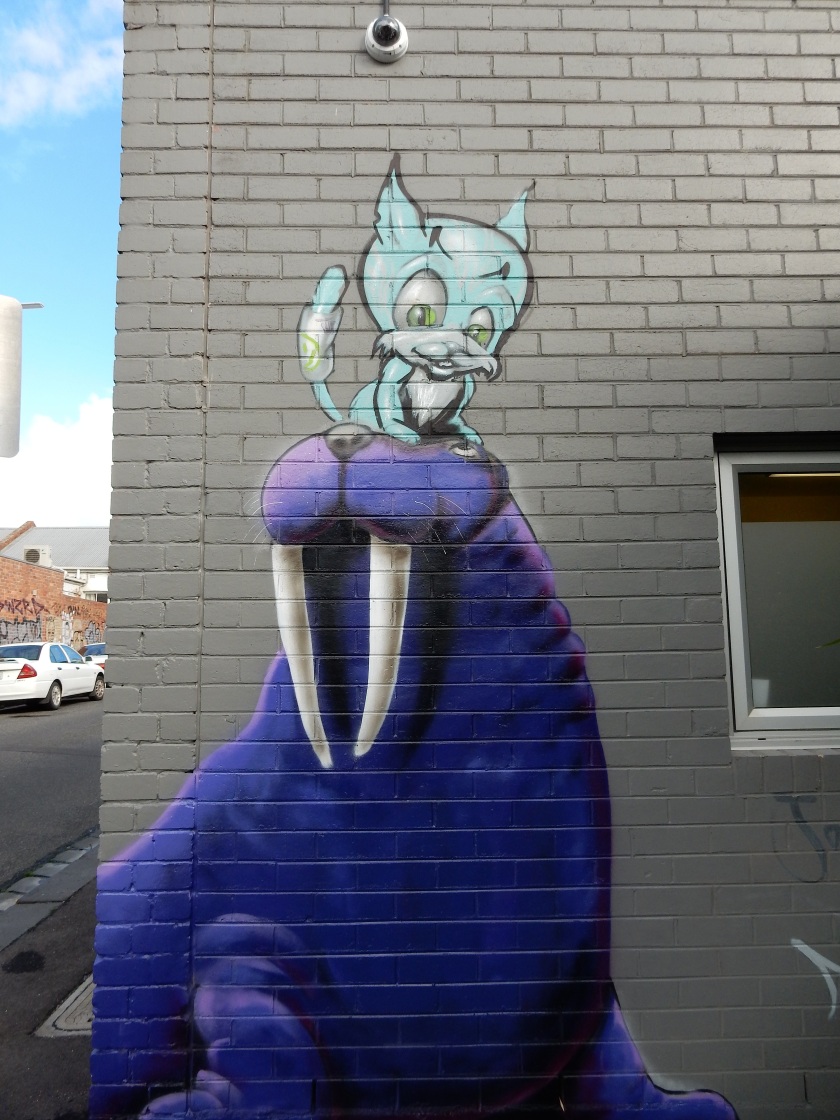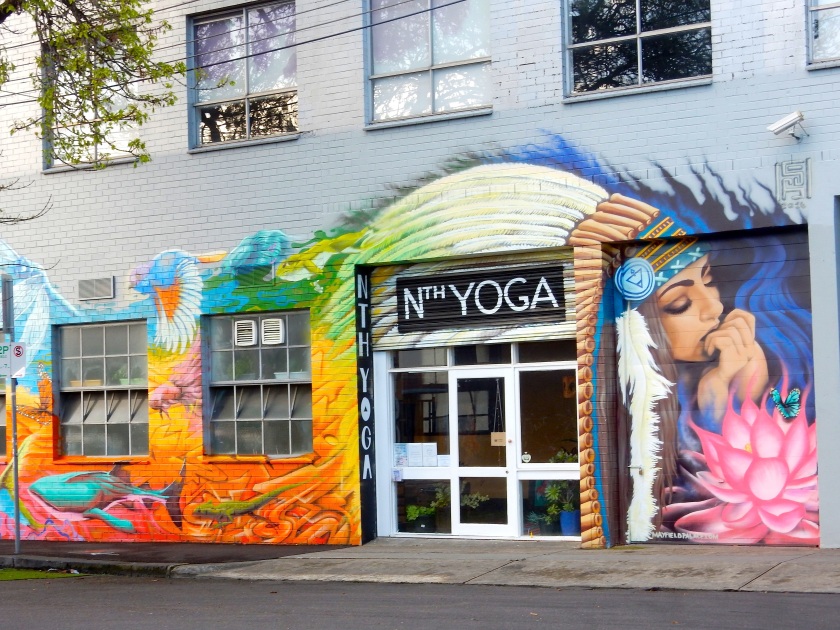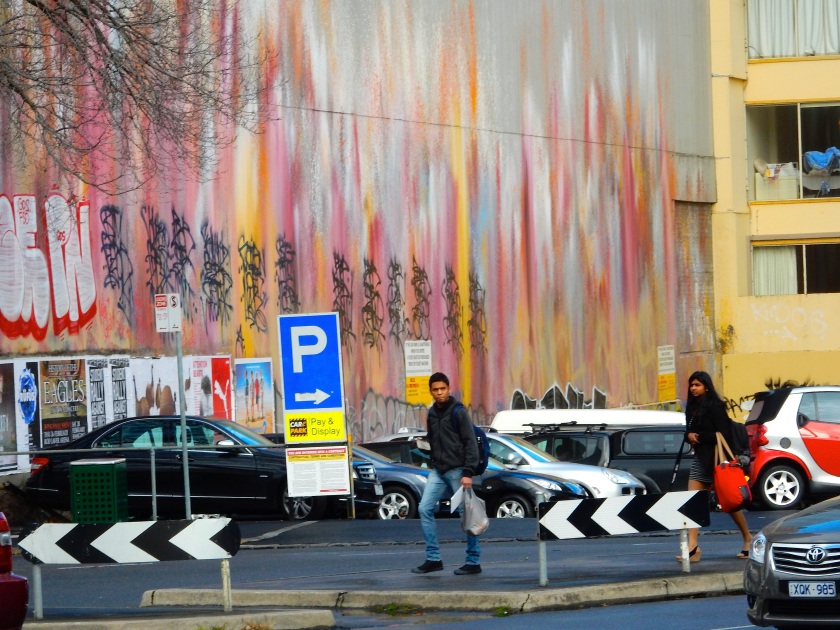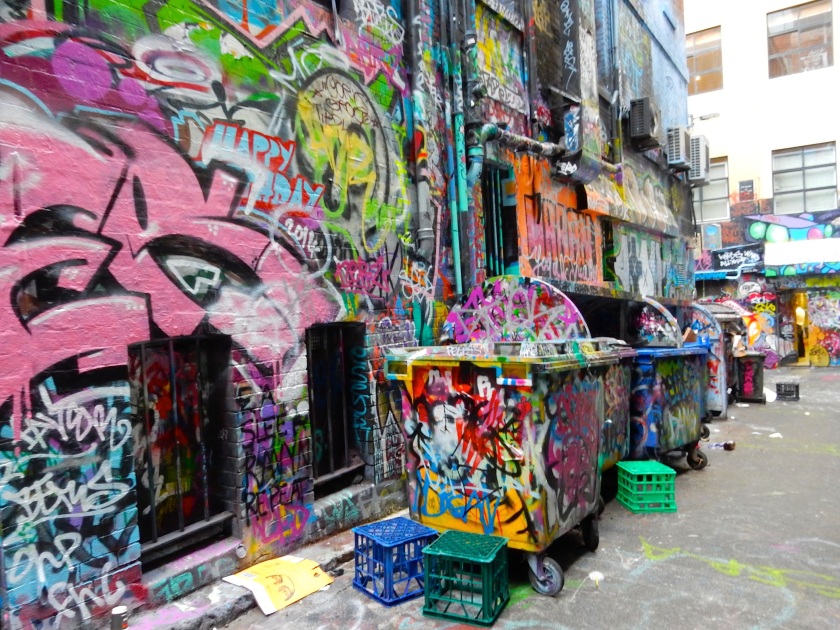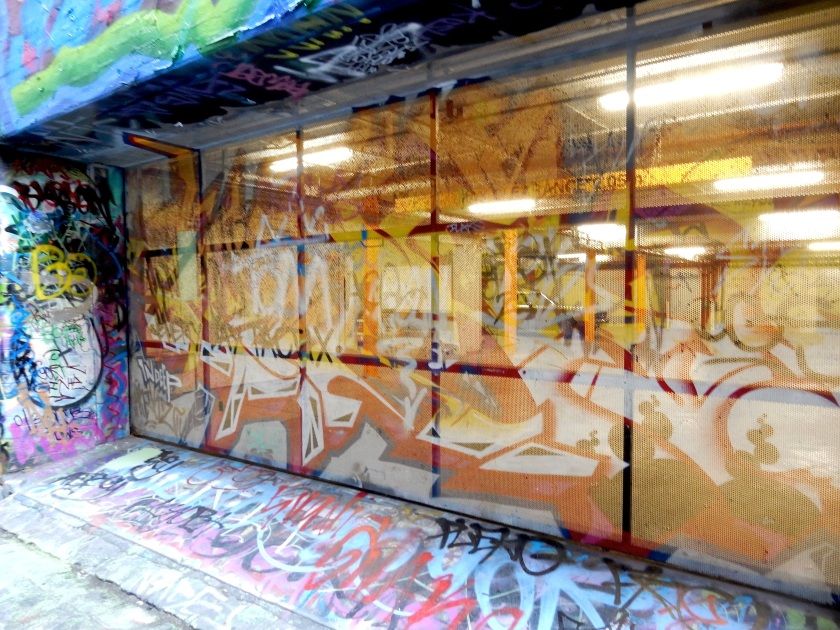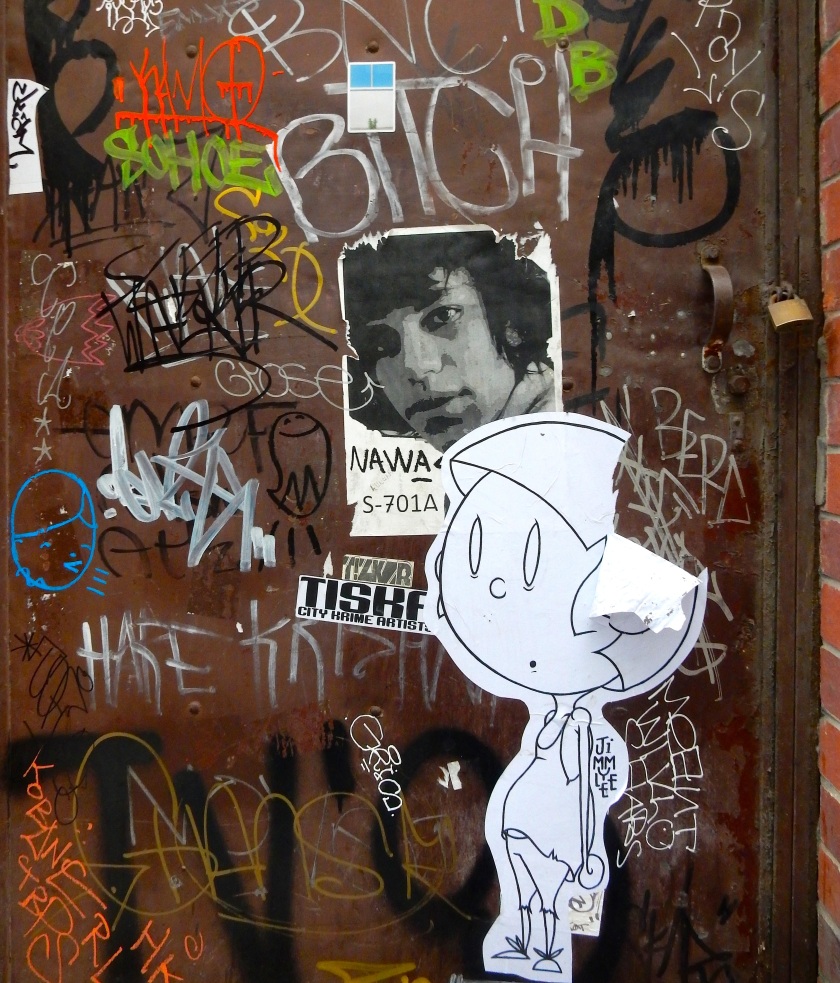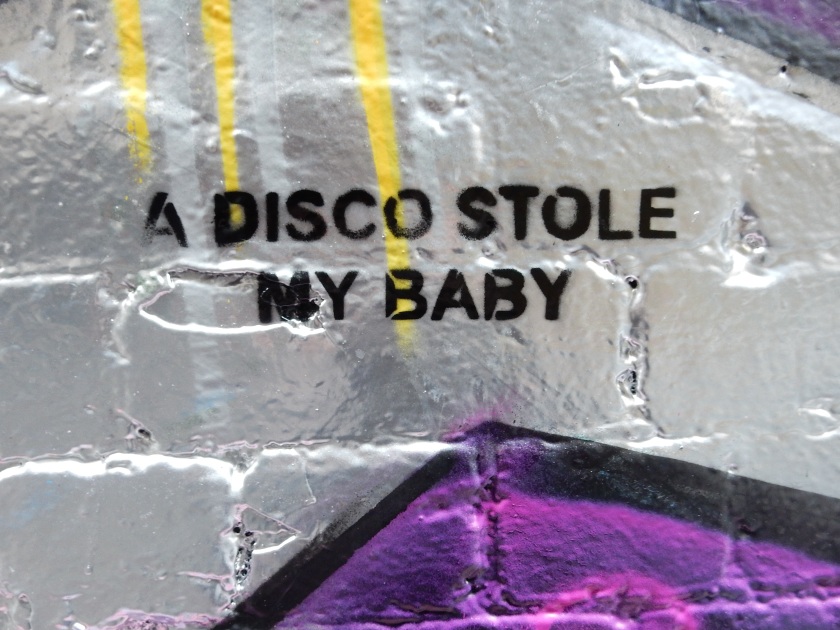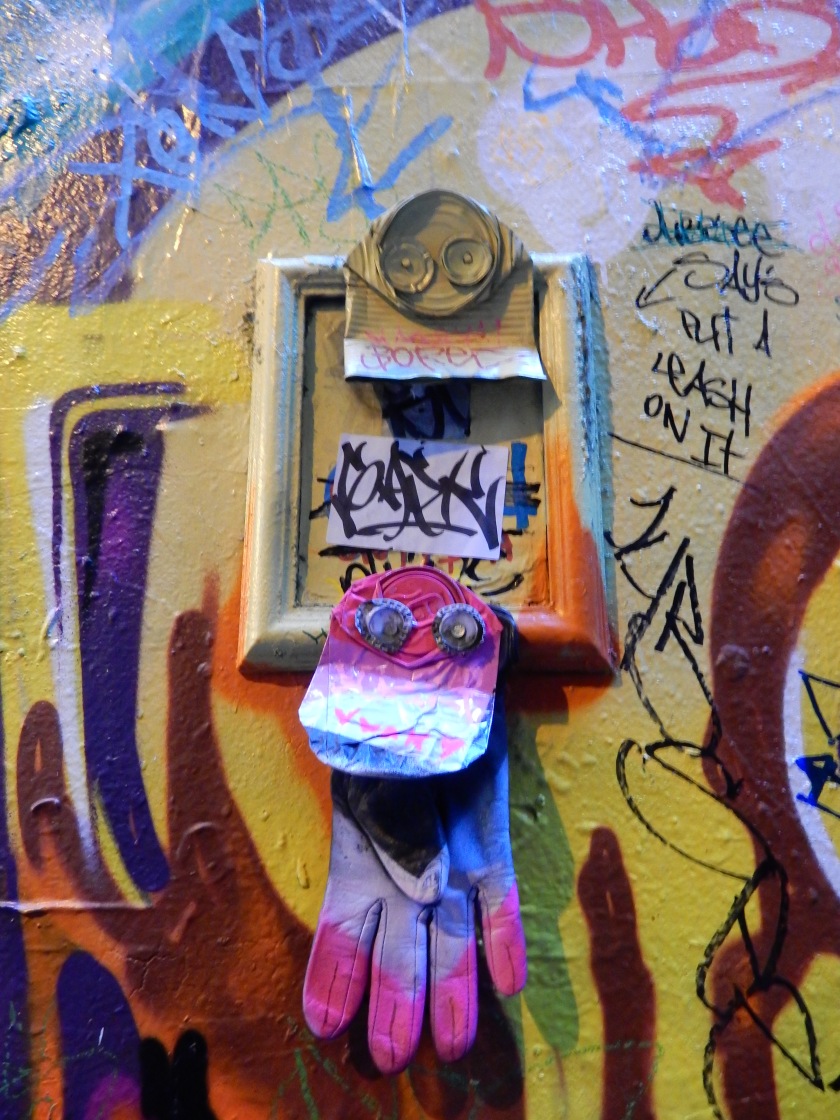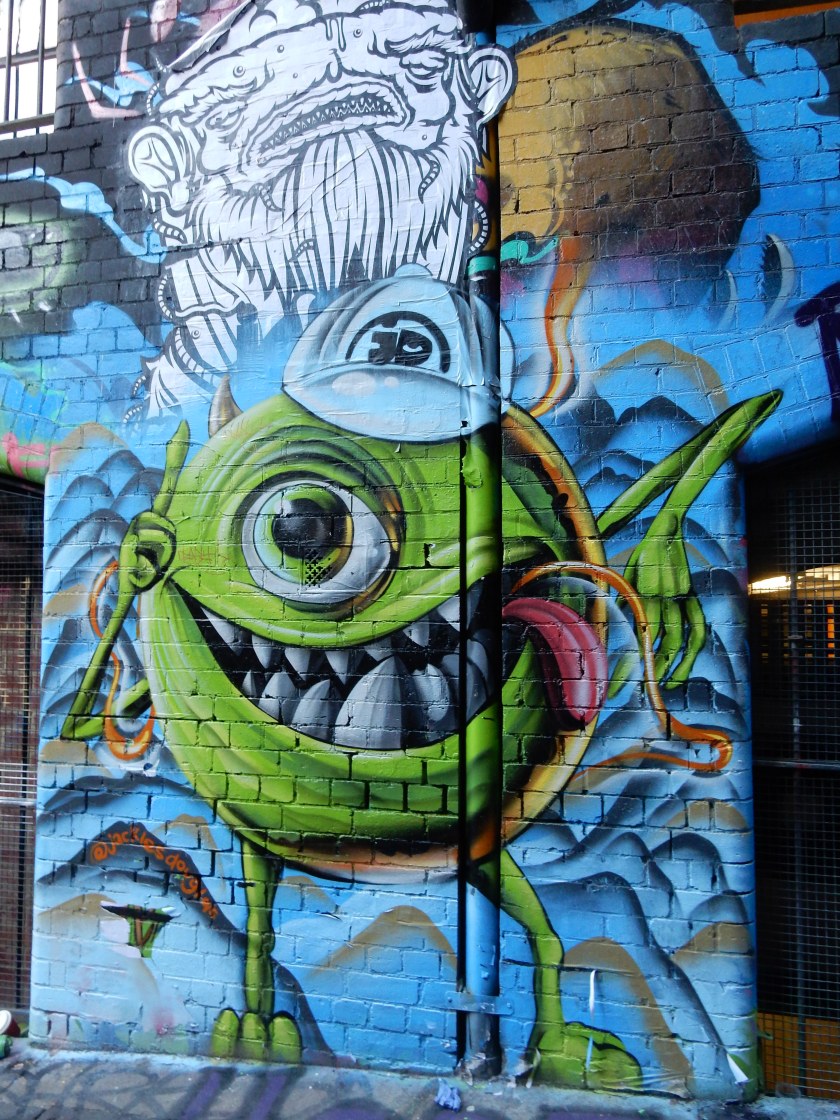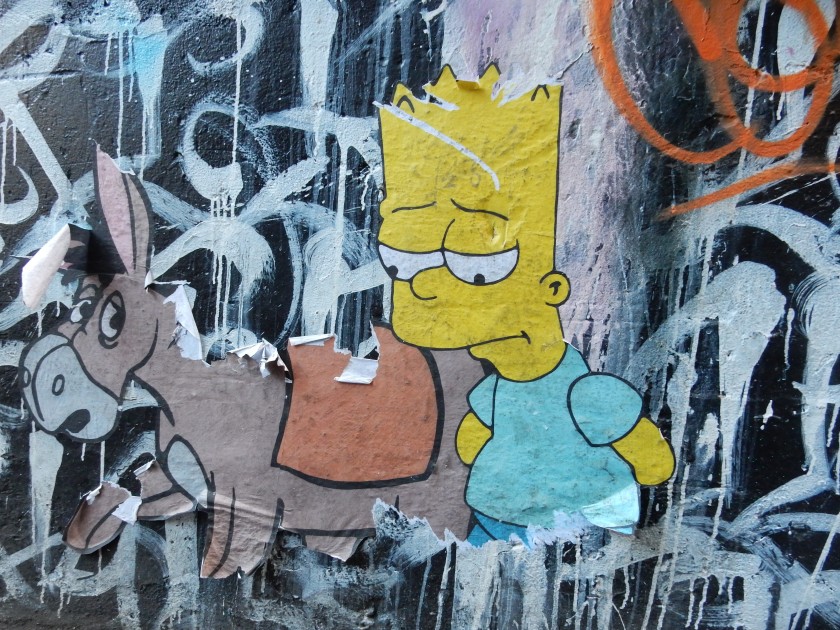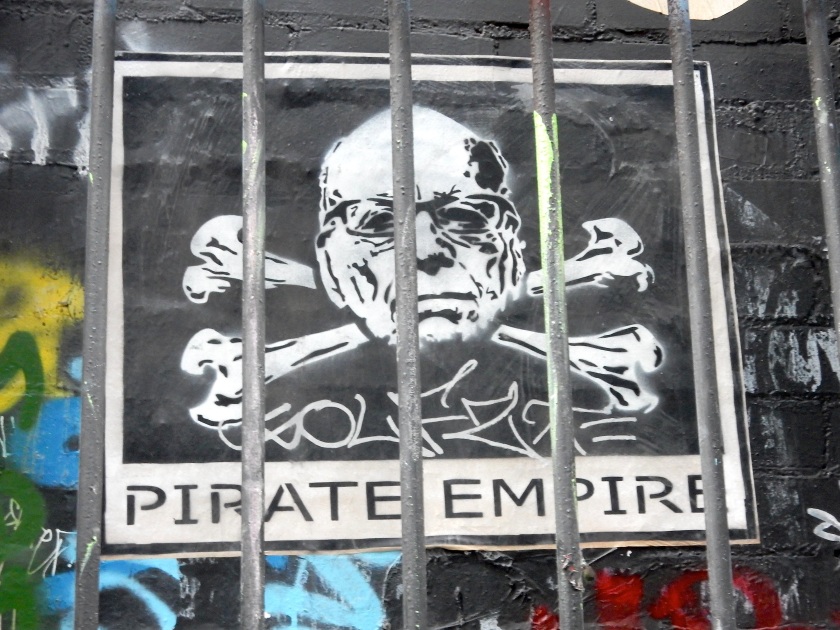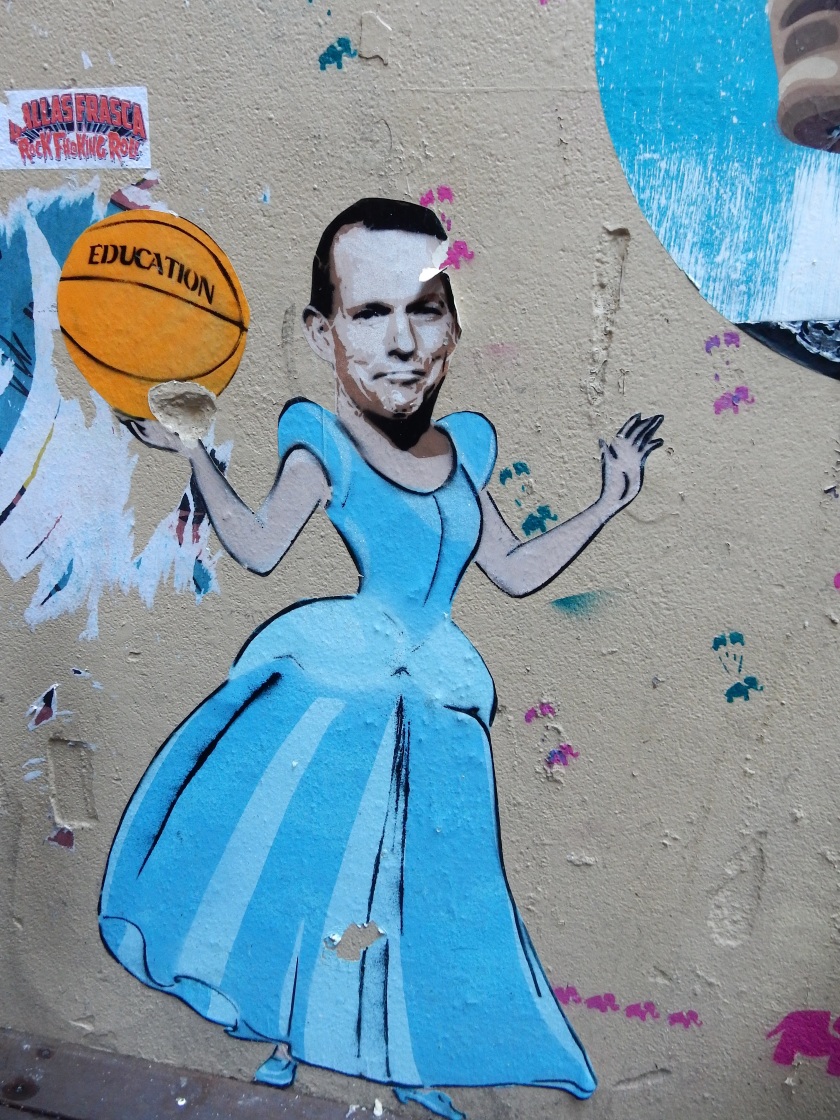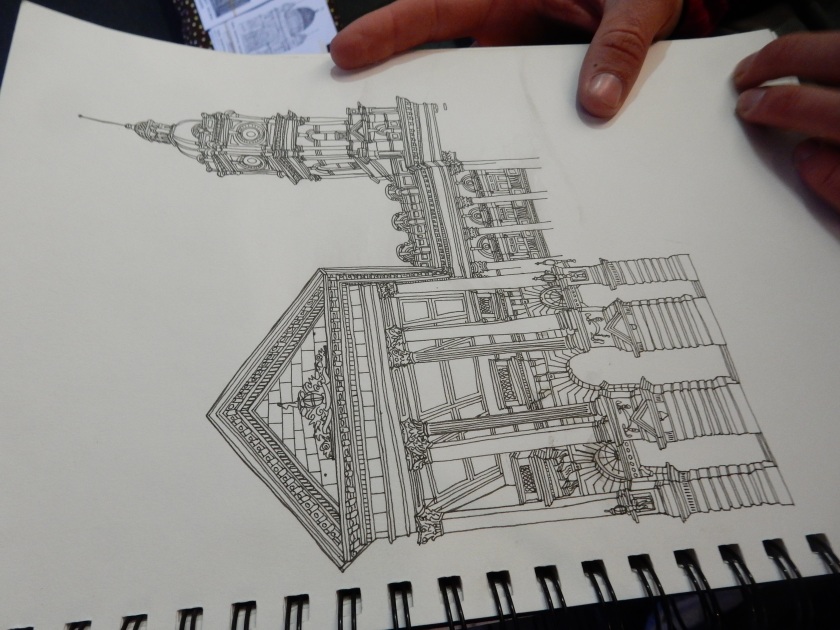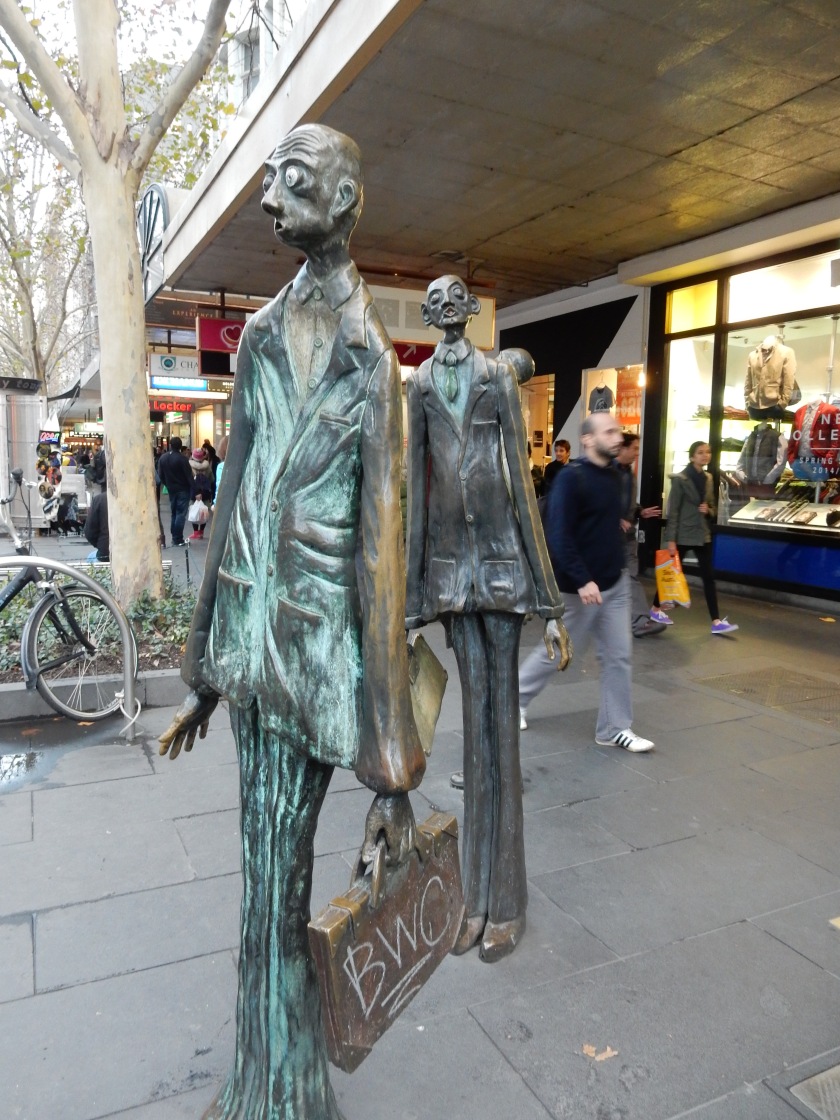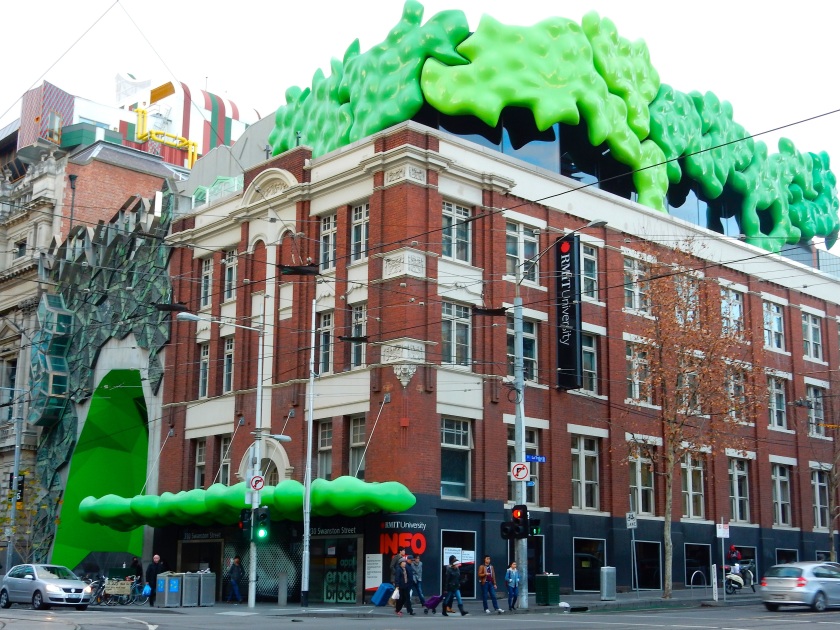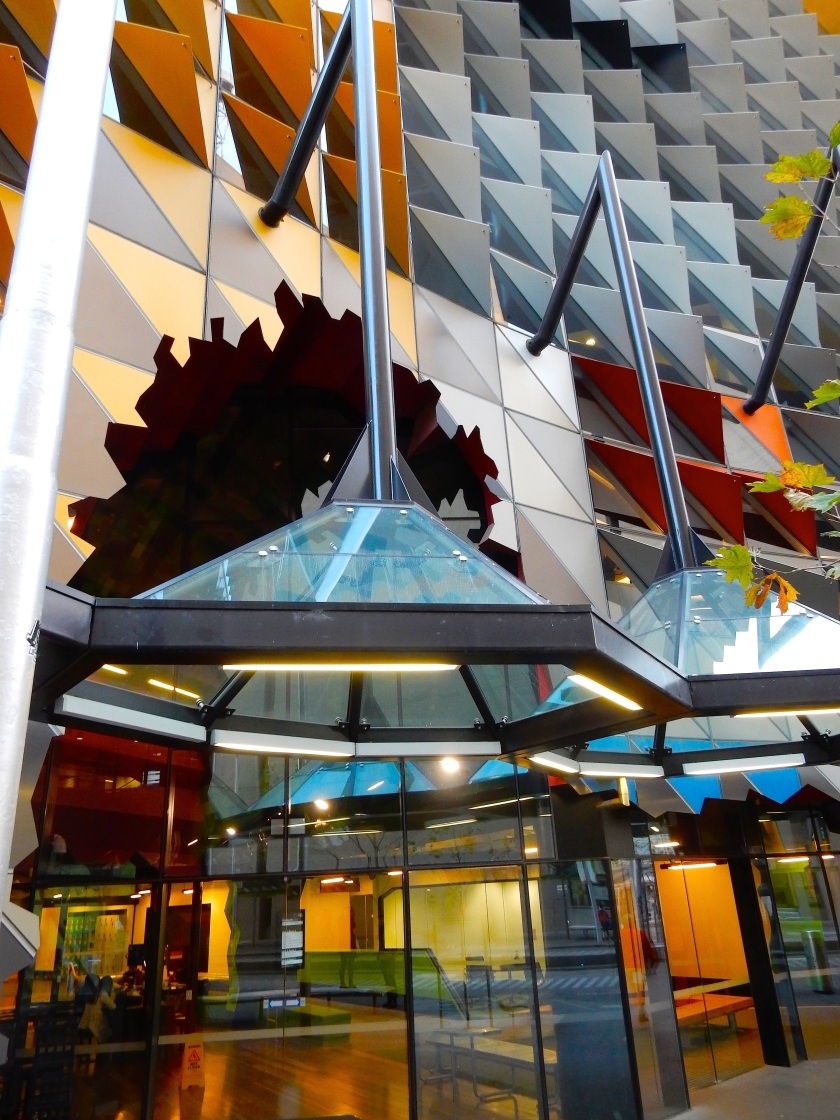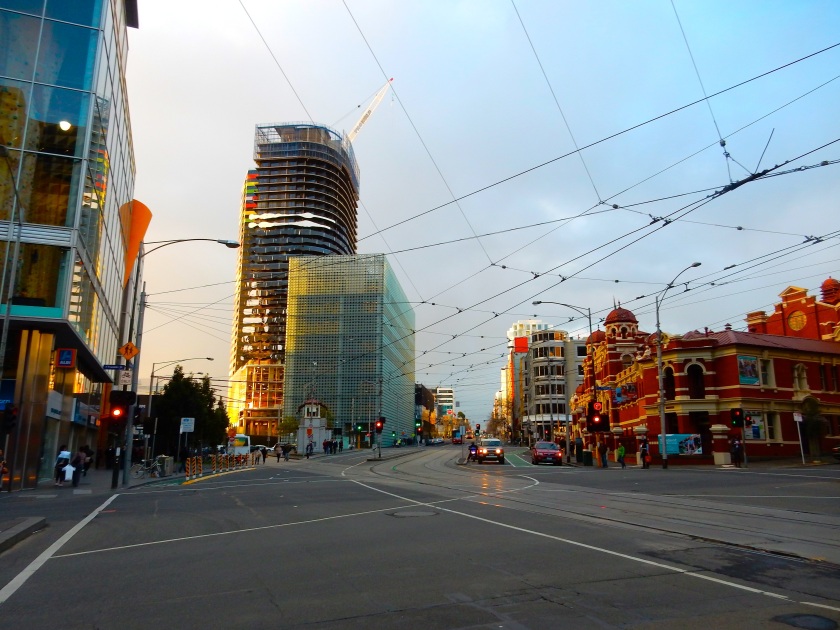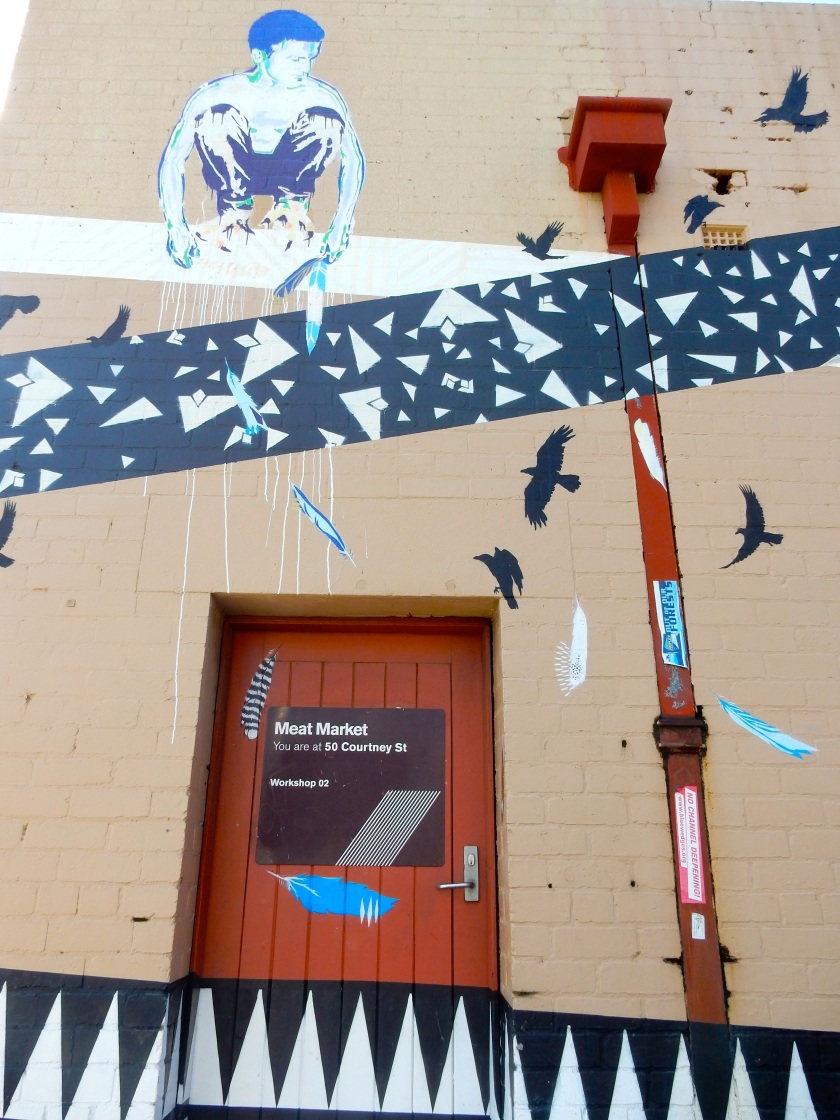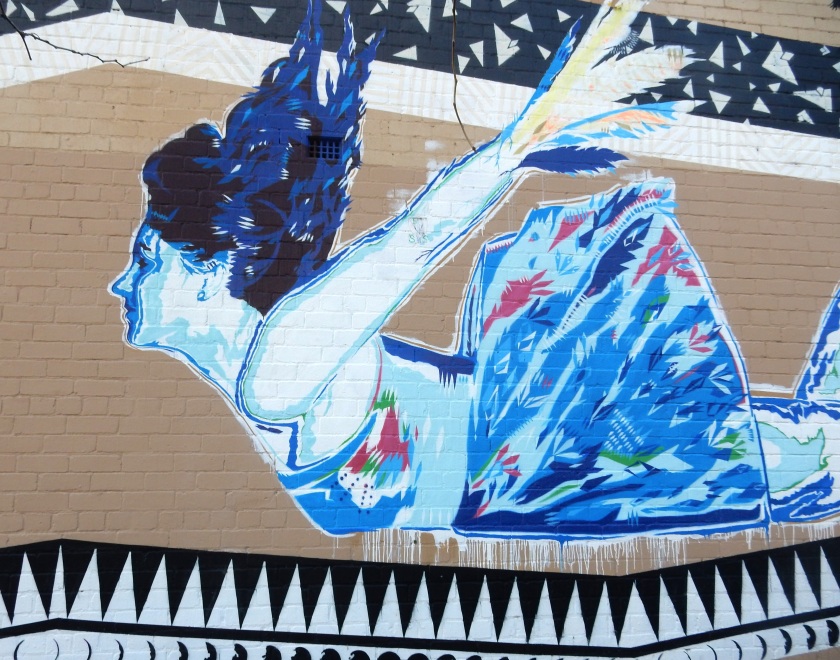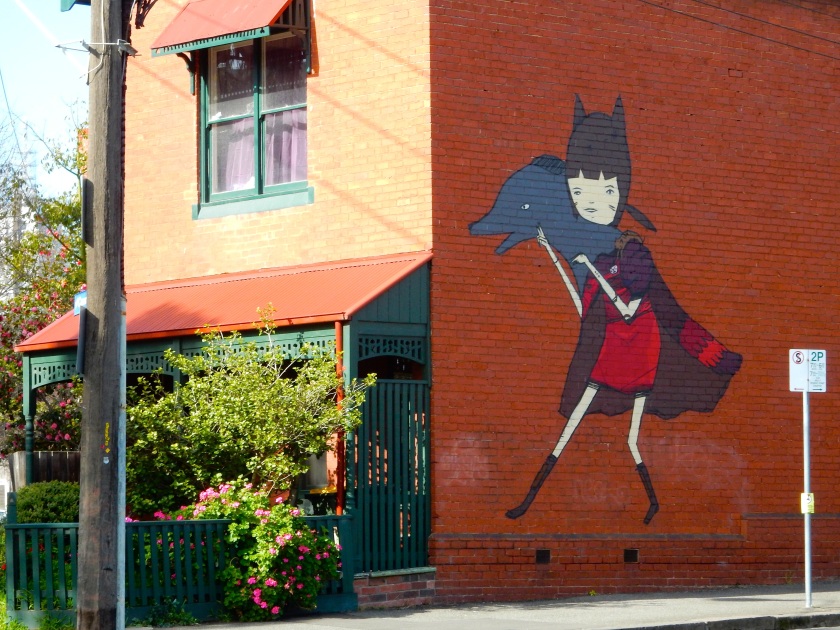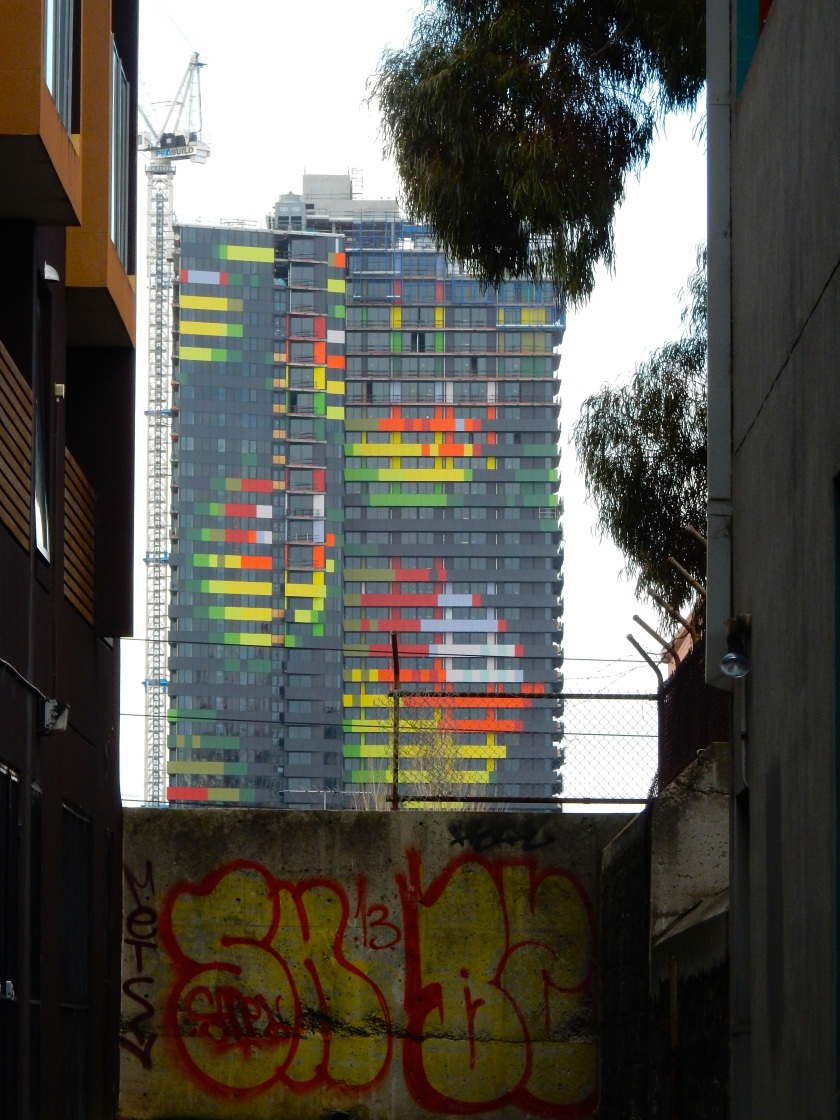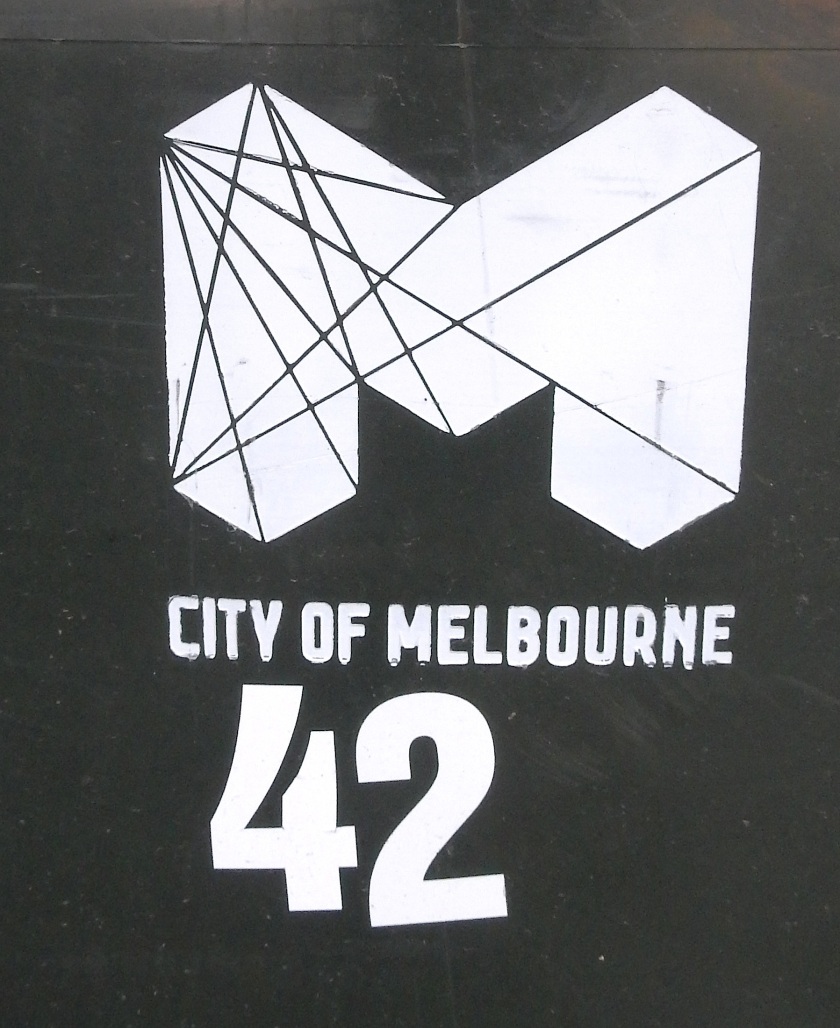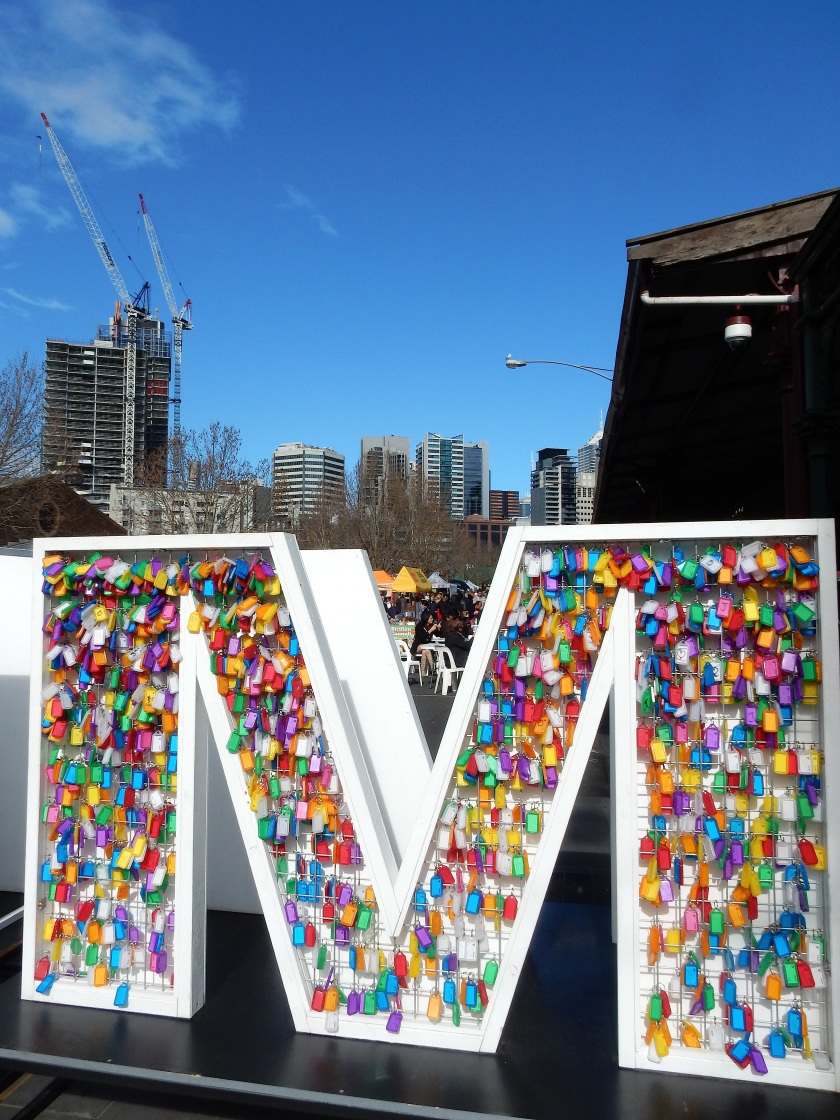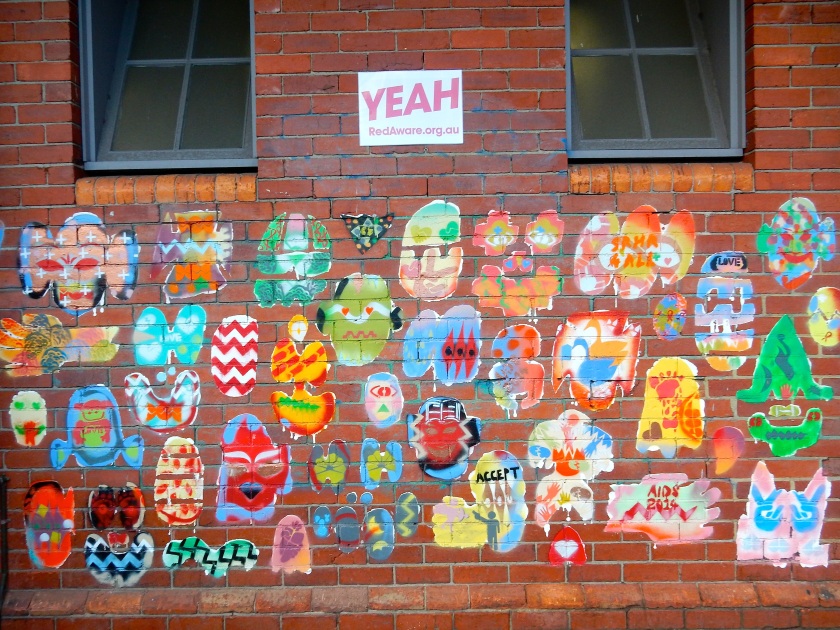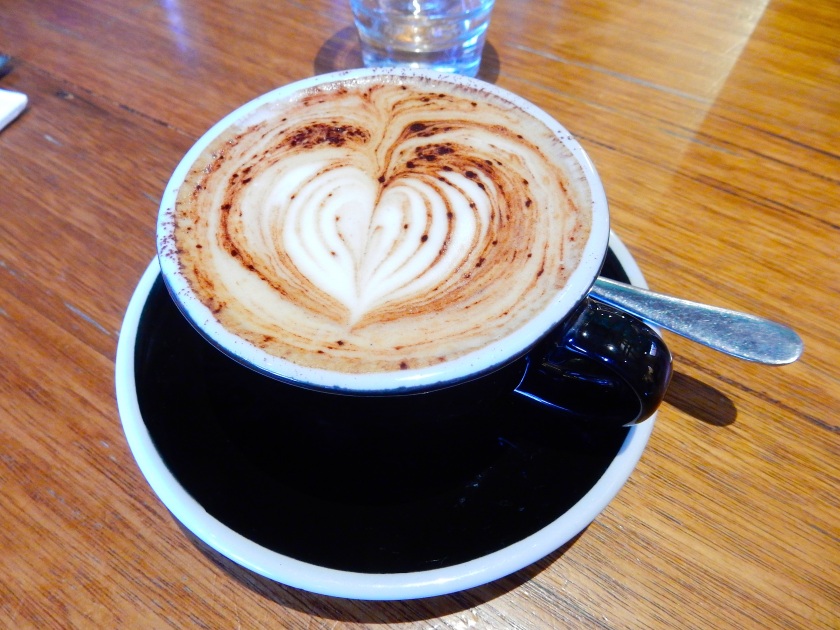Last night, I watched RASH, a documentary about the street art and graffiti culture in Melbourne. The documentary was released as Melbourne prepared to host the 2006 Commonwealth Games, when the topic of street art became a heated debate. As a result, it focused on the cultural value of illegal public art and how it contributes to a larger dialogue.
Here are some of the interesting things I learned from the documentary, which answered a lot of my questions.
Do street artists bring anything with them on the streets?
Many street artists don’t go into the streets alone. They like to bring friends as lookouts, in case any authorities come. Sometimes, artists such as James Dodd, even take entire vans full of supplies such as glues and posters.
What motivates street artists?
Sixten, a swedish stencil artist who bases his art on extreme feelings of “passion, angst, euphoria, and rage,” explained that he just wanted to make things beautiful. He says, “destruction is also a beautiful thing.” He also likes doing street art because the risk of getting caught makes him feel young again.
Ha-Ha, a stencil artist, explained that his initial goal in his art was simply to use 2 tons of paint per night until he got really good at his craft. Now, he uses his art to expore the power of mass media within Australian popular culture
Miles Allison, a local artist and writer from Melbourne, says his art embraces the idea of displacing and replacing. He likes to rupture the city environment so that something unusual, startling, or poetic might come through. He describes art as “individuals making an intervention into the prescribed way of being in the city.” To him, art is about creating a dialogue with your surrounding environment, and creating a “kind of poetic subversion like a conversation held beneath the surface, where something wonderful is continuously being decided.”
Dominic Allen, Australian street artist and director, never signs his art with his real name, because it’s not about personal notoriety or fame. Instead, he wants fame for his street name, because he wants to use the art associated with it to make a comment that affects a lot of people. Allen makes a controversial statement about the connection between street art and advertising. He believes that if 7/11 can pay money for a sign that lights up at night, then an artist can go up with a marker and put his own name on there, so that the artist gets the same amount of coverage to let the same amount of people to make them aware of their logo or brand. FLIQ, an artist from BurnCrew, also agrees that street art is about having your name in as many places as possible.
Tai Snaith, a female artist and curator who often receives grants from the City of Melbourne for her projects, makes art because “it’s a free political climate” and she wants to take advantage of her freedom. Her art is a political act because she makes work outside of normal and not prescribed. She believes good art is a social need, because ideas need to be expressed. Since Melbourne is developing at a rapid rate, she wants to “claim it while we can.” Snaith also believes street art documents a group of people that lived in the town beyond just the rich business people or media owners.
Civil, a political street artist, makes art because there is a lack of community-based public art on streets and he wants to put alternative ideas out there for people to think about and discuss. He thinks the cultural value of street art is blatantly obvious, because people are now coming to Melbourne just to check out the graffiti, and it’s such a vital tool for discussion.
Where do street artists draw inspiration?
Vexta says she is often inspired by blank walls and dark alleyways. She wants to make art with strong messages that make people feel something. She is also inspired by layers of stencils, because they indicate a whole bunch of people making announcements (significant or insignificant) who are willing to tamper with and engage with the public space we all share.
FERS shares that once he gets inspired, immediacy of process is important. Once he has an idea, thought, or emotion, he believes the best thing he can do is to get it out right away before he loses the impetus or motivation to go out and put it out there.
Are there any themes and hidden meanings in artists’ work?
Haha always tries to relate his work to Australian popular culture in the street. He often draws Ned Kelly or robots.
James Dodd thinks about “occupied territory” in urban space in his works. He considers media images as public property, such as the way people and the media “own” Princess Diana. As a result, he wanted to create art work based off the idea that she was stolen from the world, but still kept that essence of youth and exuberance throughout her life.
Psalm focuses on the politics in graffiti. He once did a street art piece of a plate as a statement about how war gobbles up everything indiscriminately.
How did street artists get into the scene?
Civil didn’t come from an artistic background — he studied science in university, and didn’t even do art until his twenties when he realized it was something he could do. He believes anyone can get into the scene, especially through self-publishing. He used to make cheap copies of magazines with his political art and gave it to his friends.
What is the interaction between street art and politics?
Politics are a crucial part of the street art scene. People put out messages about what they think about world events or leaders. Graffiti understands how to get a message out there to lots of people and how to present an alternative world within the community living next to you. There is a lot of anti-war graffiti that is quite intelligent and sophisticated. Since artists can’t talk to the politicians, street art is their other form of communication. They write things on the walls such as “bomb walls not people” or “make stencils not war.”
Civil believes the images of street art themselves aren’t often confronting, but it is their location that is confronting to people. He enjoys the idea of doing non-confronting images in weird places to make more public art for everyone.
How do they choose their locations and timing?
Tai Snaith, an Australian female artist, explained that she loves to just casually draw when walking home.
Civil, an artist who draws politically-charged stick figures, simply says he does it whenever he feels like the time is right.
Ha-Ha says his choice is usually sppntaneous, like “Hey, let’s go out!”
Psalm says he never has a predetermined location. He just takes his stencils or paste-ups and puts them up whenever he finds a spot.
Sixten likes doing spots that are hard to reach and where it’s easy to get caught, because he likes the adrenaline rush.
Vexta likes painting on billboards, because her art can enrich a huge audience through wide exposure. She believes it’s a way to reclaim a space that isn’t used much anymore, and to make an interaction that everyone can see.
Dominic Allen also appreciates billboards because they bring lots of traffic. He compares art to advertising — people are forced to look a message in a public space. Allen wants to provide an alternative message to consumerism by using the same language and space and thought as advertisers do. When he makes art on billboards, he tries to make it quick and snappy, because people are often driving past quickly and don’t dwell on what they see for very long.
FERS has an interesting perspective on this. He says, “Just because you paid money for property doesn’t mean it’s strictly yours. It’s part of a larger society. You built your ugly building and ugly billboards. I find offense to it. I don’t want to see your images of people and transparent bullshit propaganda on the walls. But if I put something on there that doesn’t fit your aesthetic, all of a sudden it’s insulting. Where’s the balance there?” FERS is all about putting conflicting opinions out there.
Why do artists use street names/tags and what do they mean?
Street artists usually have one-word names to represent them. It becomes their symbol, but it also protects them.
FERS derived his name from the word curse. He initially spelled it “KERS,” and then changed the K to an F and liked the way it looked. He also liked that FERs referenced firs, which are tough trees.
Prism got his name from high school, because he was always interested in chemistry and scientific stuff like prisms and chemicals. It just became stuck in his head until he realized it was the obvious choice.
Ha-Ha got his name from Nelson from The Simpsons, who would always point and laugh at people “Ha, ha.”
Vexta got her name from an amalgamation of nicknames. She also liked the active feeling of “being vexed.” Civil chose his name because he makes art for all civilians, civil art, “art for the people.”
Meek chose his name because he prefers to be a ghost within society. This shows in his street art, as he likes to stencil the words “This wall has been intentionally left blank.”
Tower chose his name because he’s very tall and can reach hard-to-access places.
Kab 101 says that he loves street names because he likes to make them beautiful pieces of lettering in a space where people least expect it, such as in an alleyway or down a tunnel or freight. He likes to have his art somewhere not easily accessible to society because he likes giving people the feeling of finding art that others left behind. He calls his tags “logos” because they’re like startup signatures, advertising, or a secretive art movement that exists without the public knowing too much. He calls it “encryption in letters” because his tagging looks beyond the standard font.
What is “bombing”?
Bombing is a word used by street artists to indicate painting many surfaces in an area. Oftentimes, bombers paint throw-ups or tags so they can get the job done more quickly. You can learn more street art lingo in this Glossary of Graffiti wikipedia page.
How do artists feel about cops or damaging property?
Ha-ha said he’s never been chased by security or cops, but has a feeling that one day it may happen. He joked that he’s “gonna have to start exercising.”
James Dodd believes that street art can be damaging property, but he also believes that’s part of the culture of expression.
Vexta says she’s happy to be a vandal. She doesn’t ever vandalize churches or shop fronts, but otherwise she paint where she wants. She says people protest against street art because it’s intrusive — they’re used to walking pats a place and having it a certain way, and don’t like it being changed drastically. However, she believes vandalism highlights issues and it’s empowering to express yourself.
GMO on the island believes that street art isn’t just an ugly mark on the city. Instead, it’s a cultural layer on top of what’s already there. Street artists are people who want to do big things creatively all over the place.
Why is Melbourne a great place for street art?
Lister says that Melbourne is a “mecca for street art” because artists have reasons outside of fame and pretension. According to him, they’re not chasing anything besides “just being able to paint” and focus on “making it about the art.”
Vexta says Melbourne has a “rocking street art scene” because it has so many proactive artists to help inspire and support and grow others in the community. Also, she says the Melbourne council is pretty relaxed and doesn’t buff walls.
Tai Snaith says there are more people who like street art than hate it, and since there is more appreciation, the council is letting it be for a while.
A member of the city council, David Wilson, said that the zero tolerance policy (“see it, clean it”) toward illegal graffiti is quite expensive, since people have to spend money and time removing it.
Dest said that the City of Melbourne even worked to preserve certain pieces of graffiti. The city bubble once bubble-wrapped a wall featuring one artist’s piece and then removed it to preserve it.
Chali 2na says Australia has a lot more freedom than America in terms of public art expression.
How is the street art scene developing?
According to Tai Snaith, there are many alternate forms of street art that branch out of aerosol-based pieces. People are using stickers, paste-ups, chalk, and even crayons, to maek the art more accessible to people who might cringe at spray paint. There’s also an emerging scenes of people collecting and swapping stickers.
How do female street artists feel about working in a male-dominated scene?
Vexta, a female street artist, got into street art not because she wanted to make a point about gender, but because she simply loves it. However, she believes that if her art empowers women to stand up and do something they are passionate about that they aren’t entirely confident in, then she will feel accomplished.
How do artists interact with each other and their artwork?
There’s an unspoken policy that artists don’t tag on other peoples’ pieces as a sign of respect.
Psalm says it’s not nice to go over other people’s stuff, because he knows then they will go over his stuff.
Prism started Stencil Revolution to help other aspiring artists learn about the best types of paints to use and for them to post their artwork on the Internet for others to critique and comment on. There is also a sticker-trading community, where artists exchange their artwork.
How do other people react to street art?
White trucks are often a great whiteboard for street artists to work on.
Kosta Kostoski, a local truck driver, said that he enjoys the art painted on his truck. He makes the distinction that art isn’t defacement, but tagging is. Otherwise, art is “fantastic,” an he appreciates that people put time and energy into their work.
Max Vella, another local interviewed in the film, believes that there’s a difference between good and bad graffiti, and that people should “clear off the shitty stuff for better stuff.”
